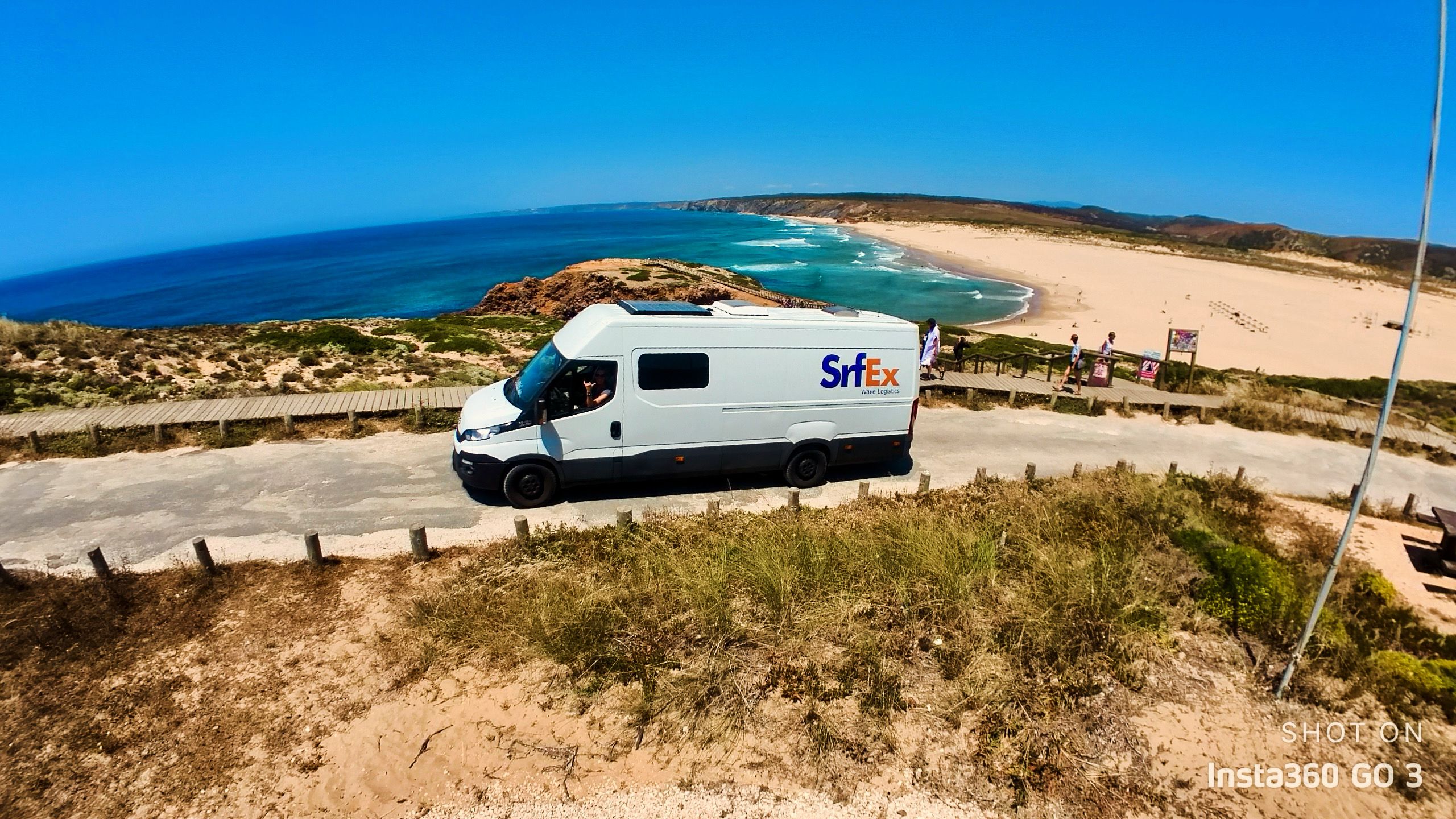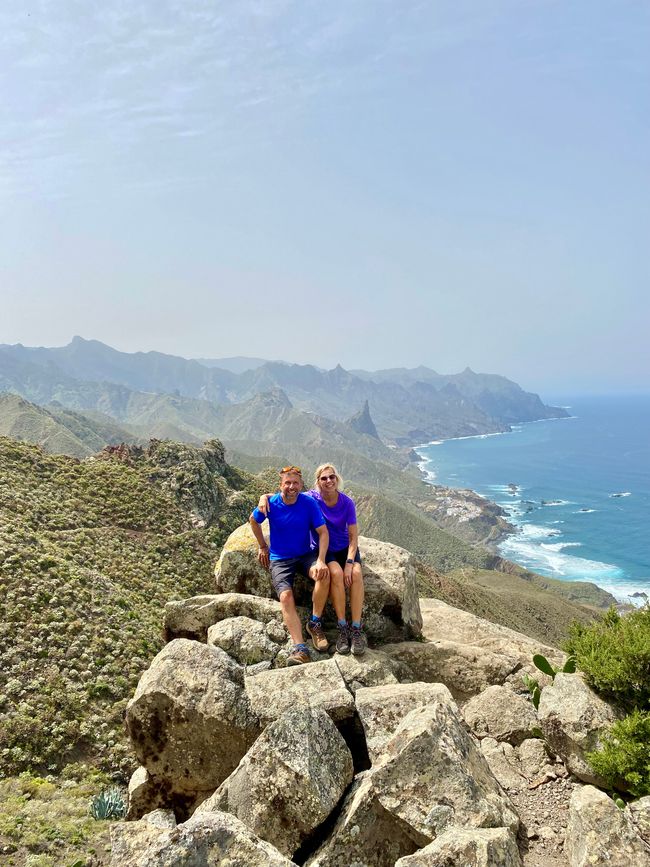
Coastal Nomads - Suzi, John & Betty
vakantio.de/coastal-nomads-suzi-john
Morocco #2 - Ski slopes, Sahara and a Muslim light
Publicerad: 14.11.2024
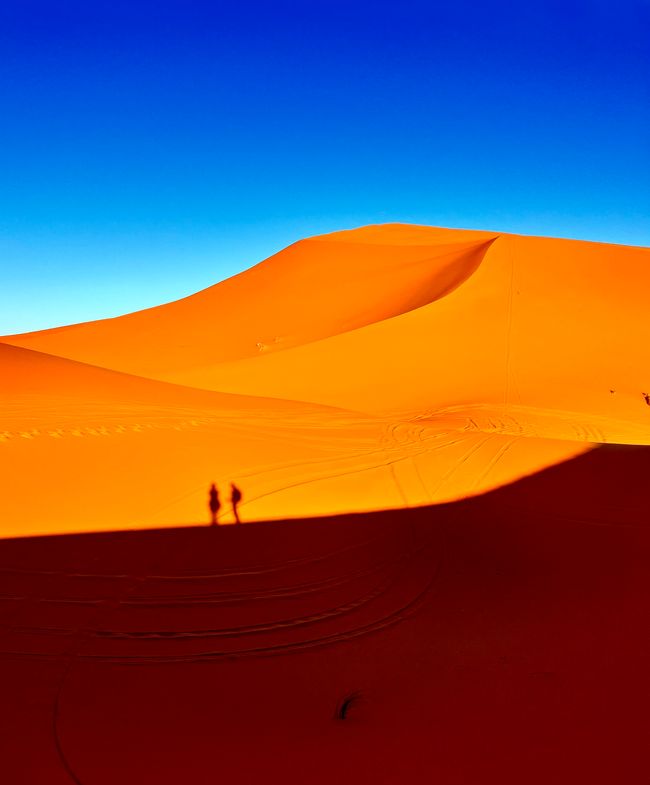
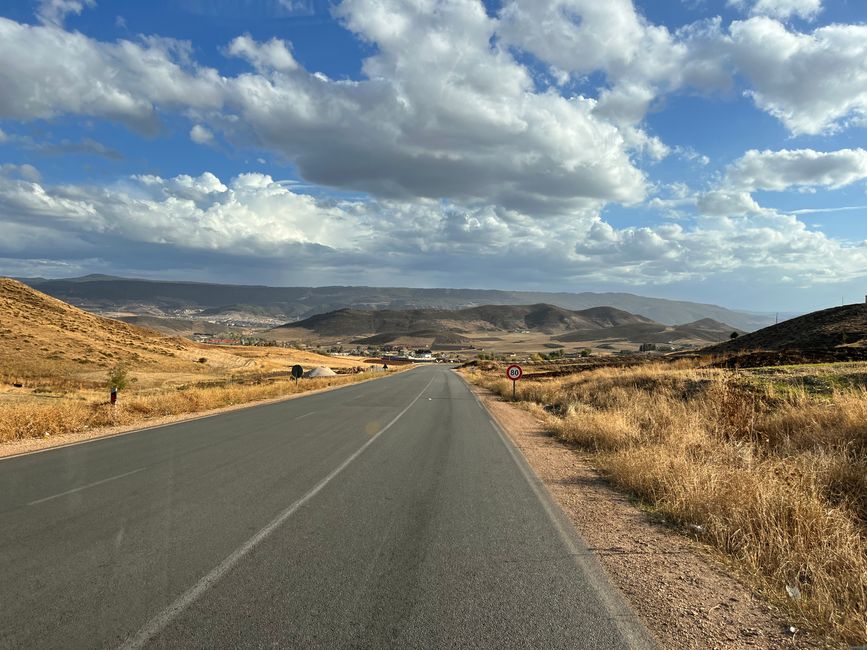
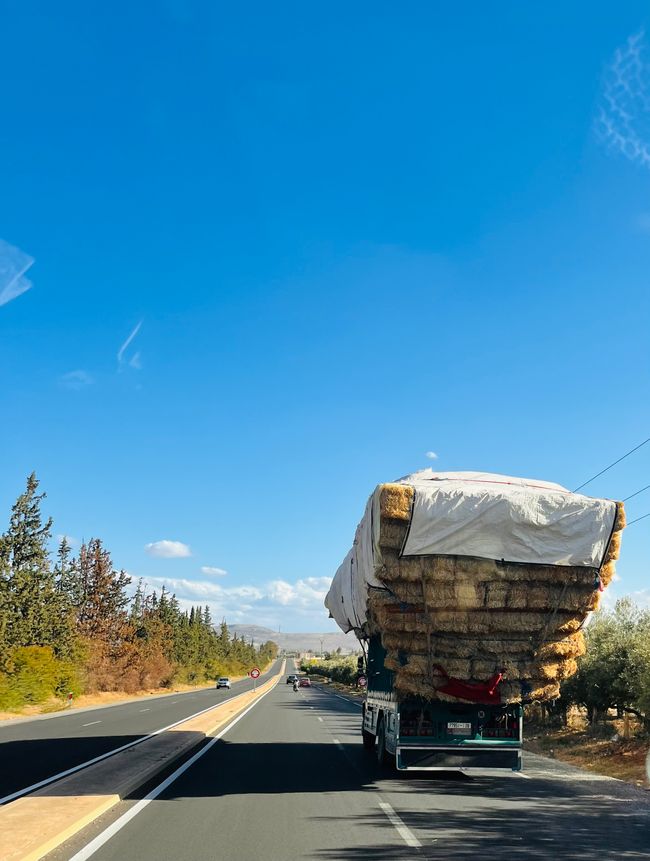
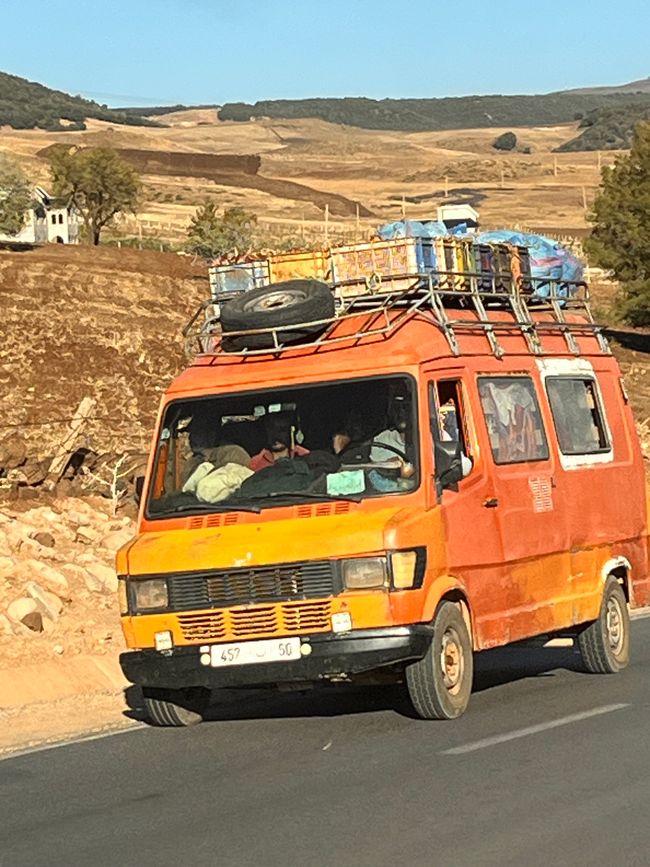
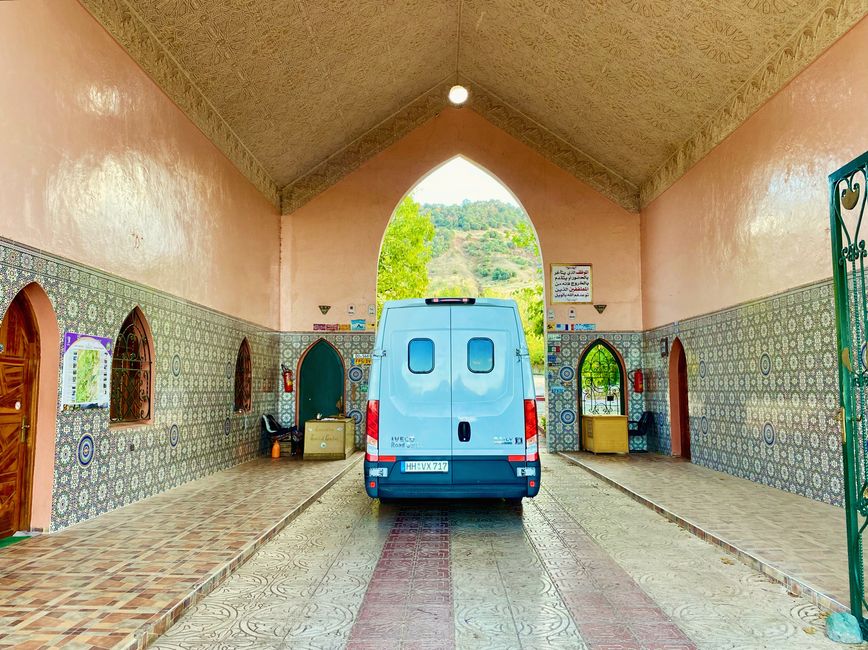
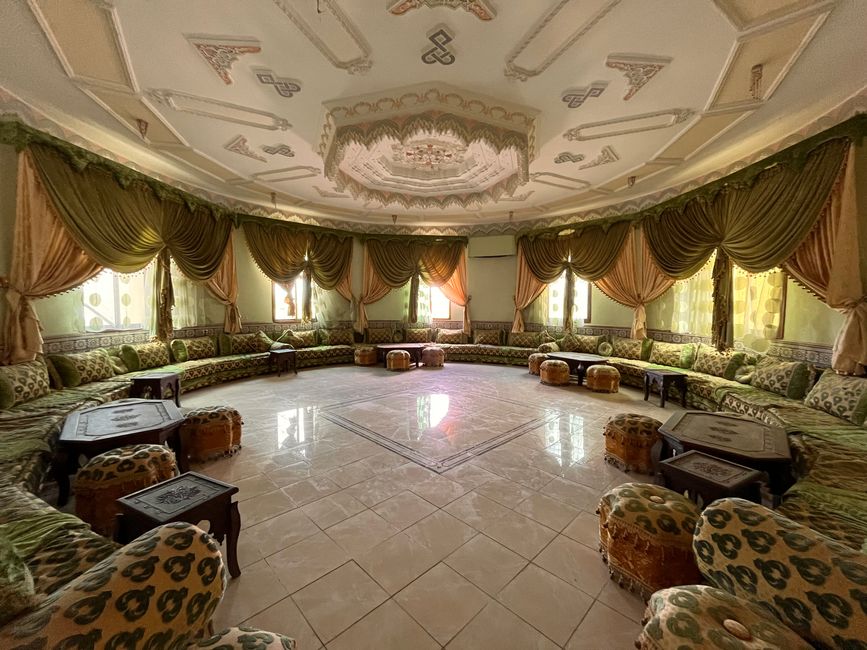
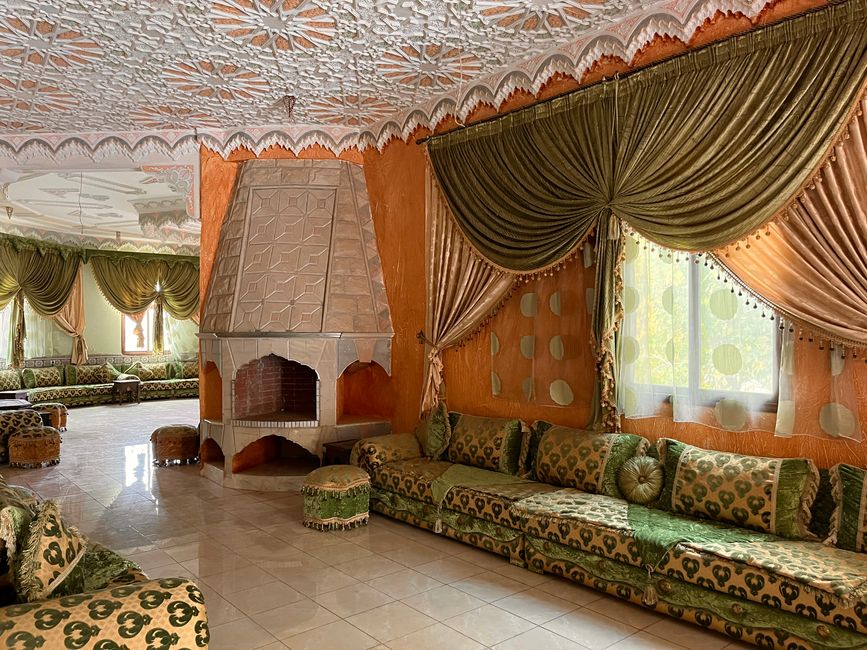

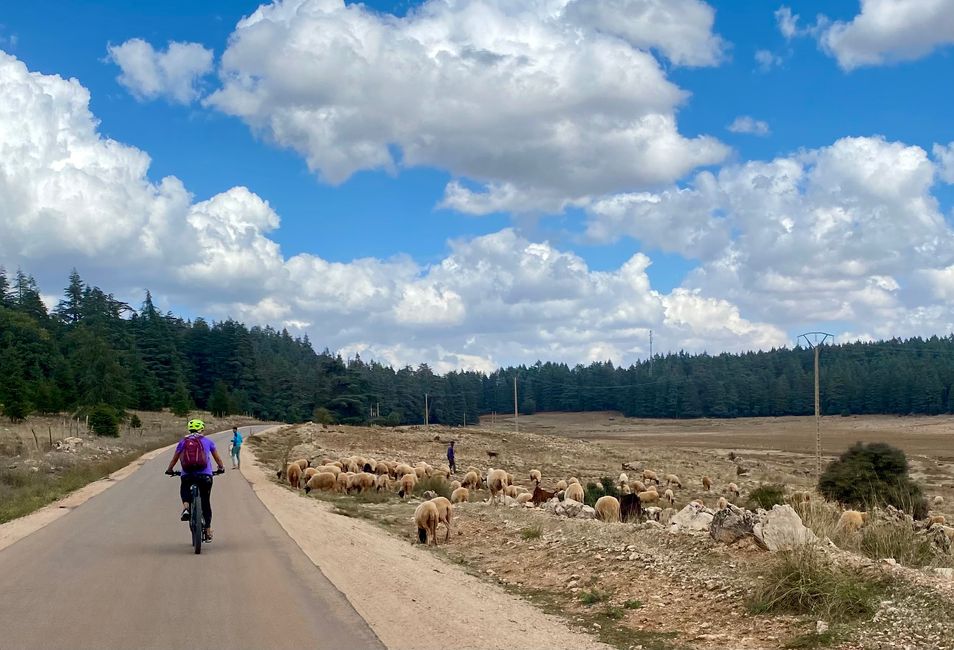
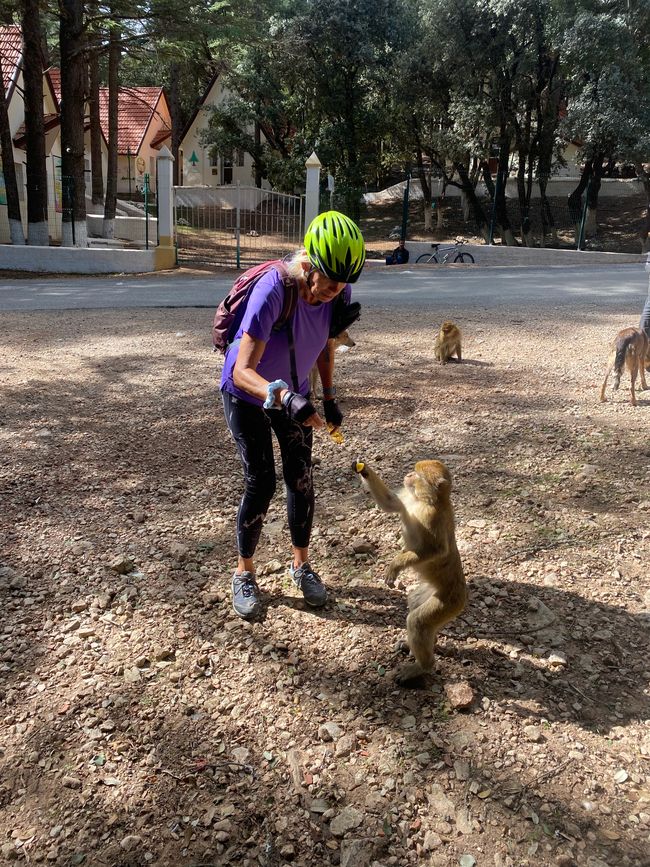
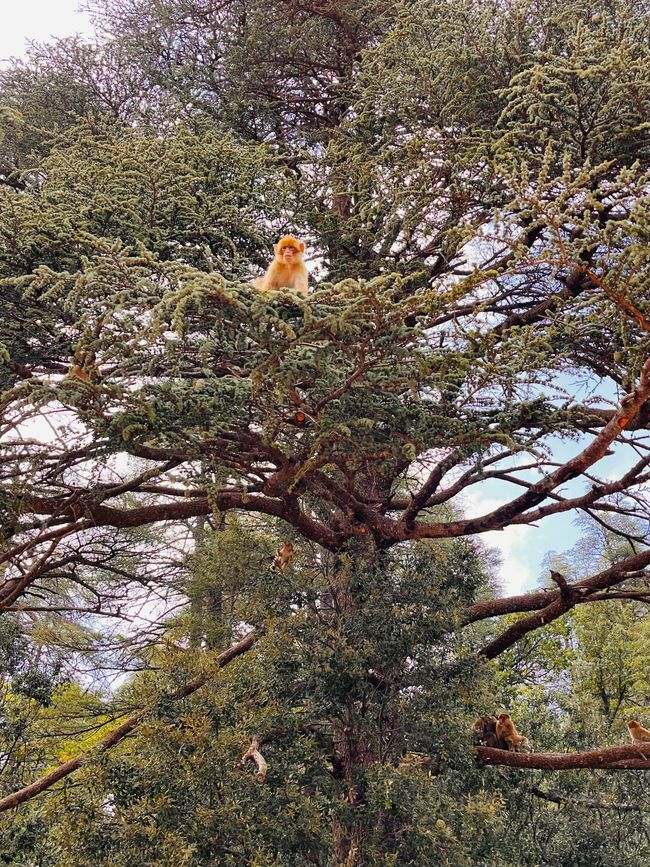
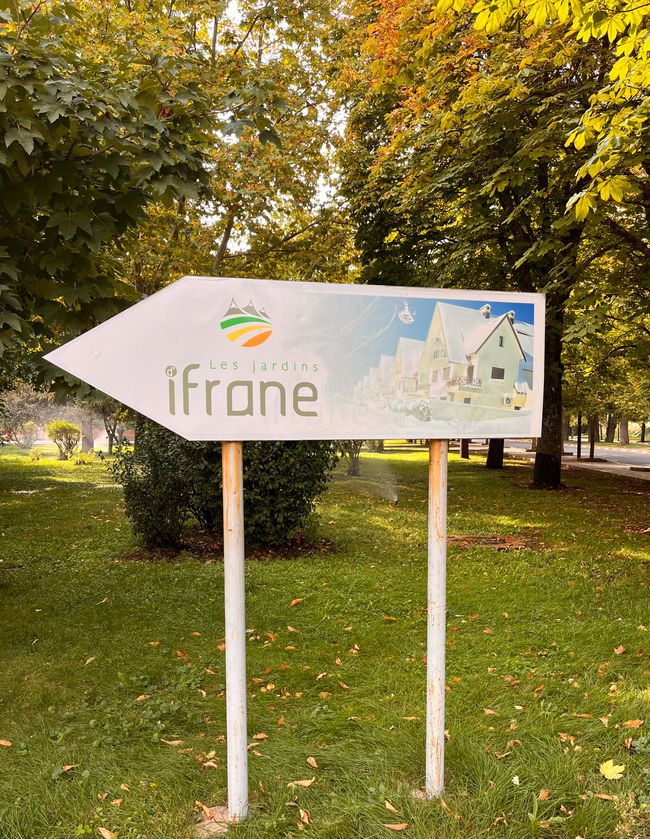
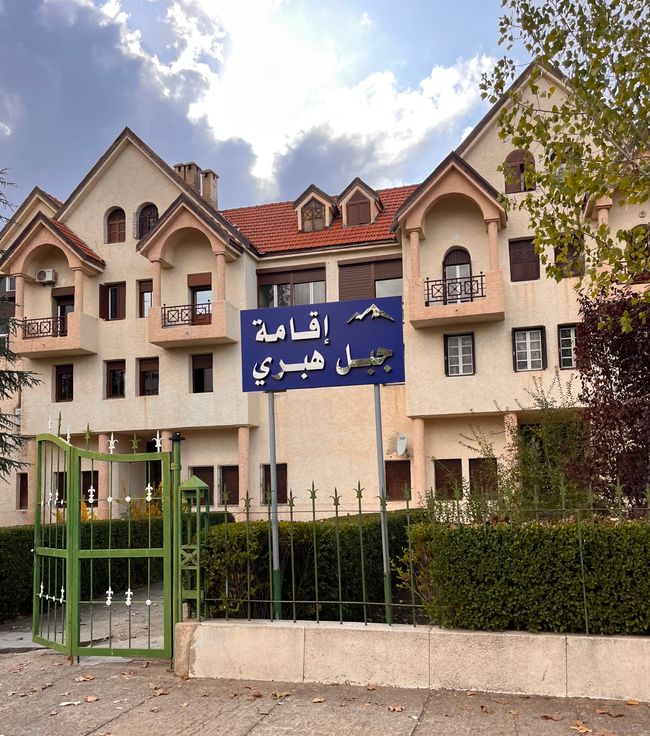
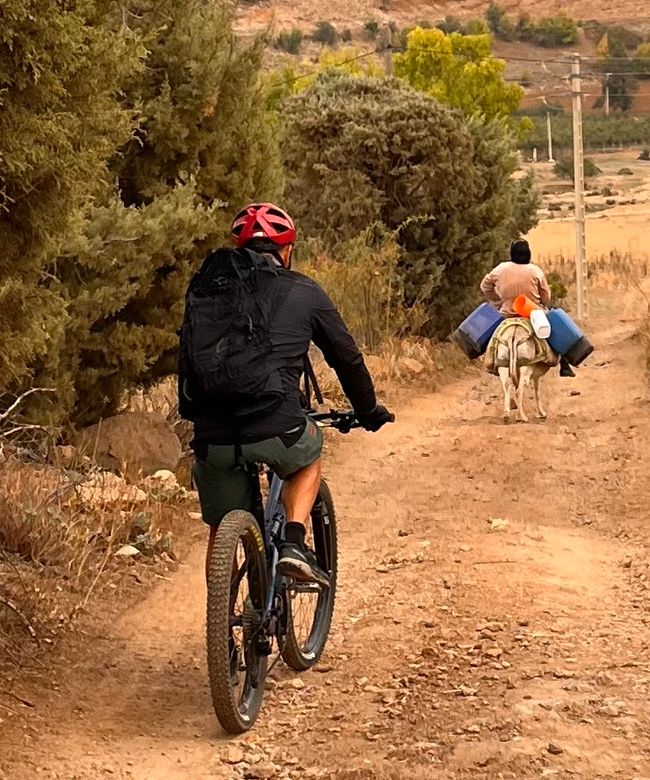
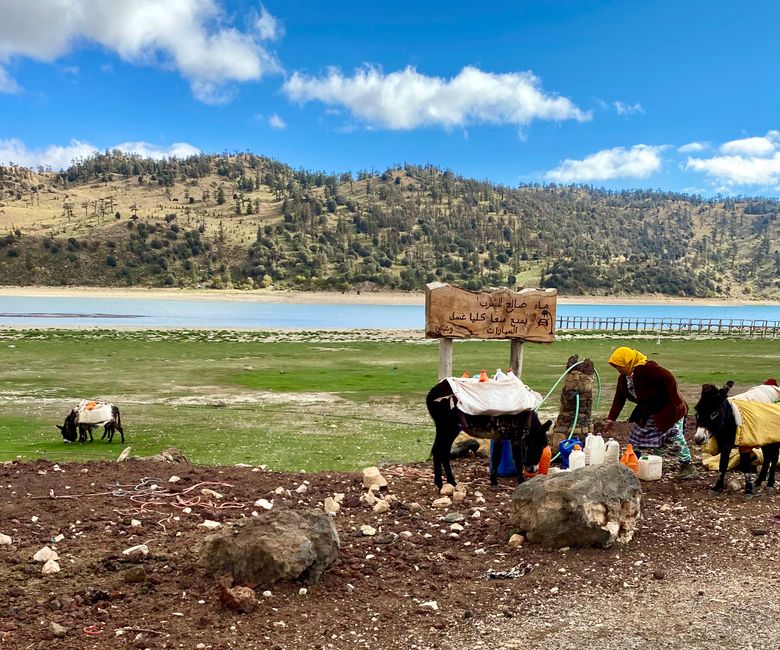

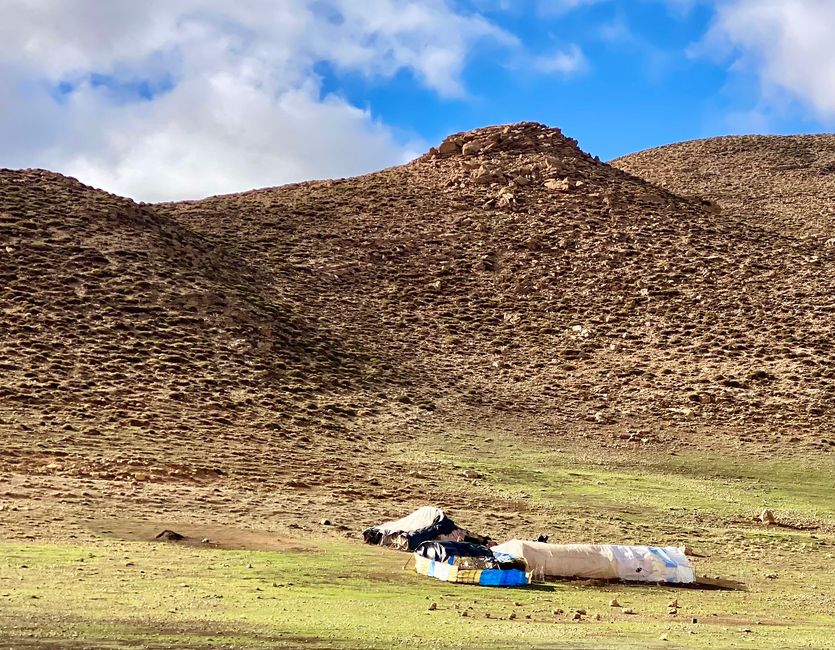
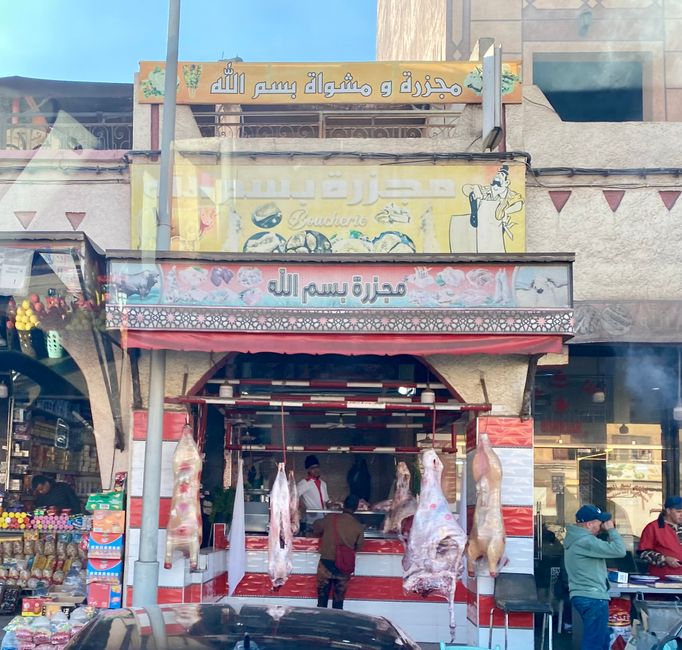
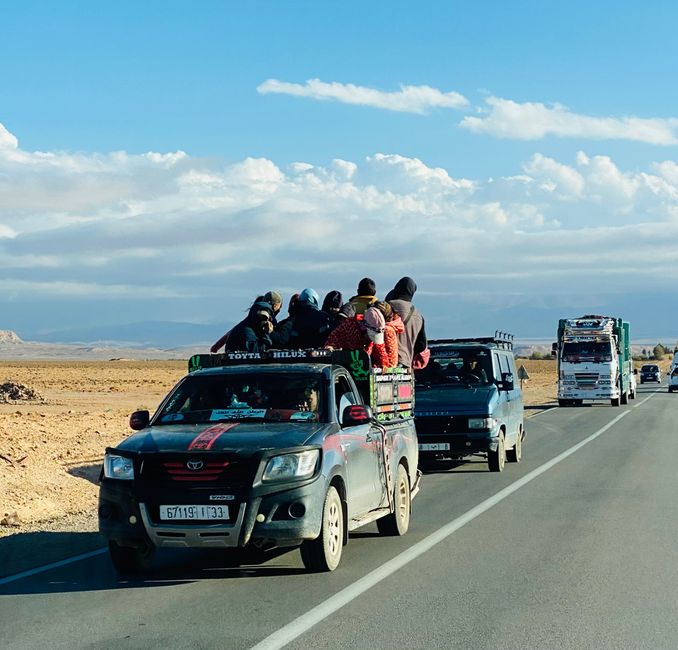
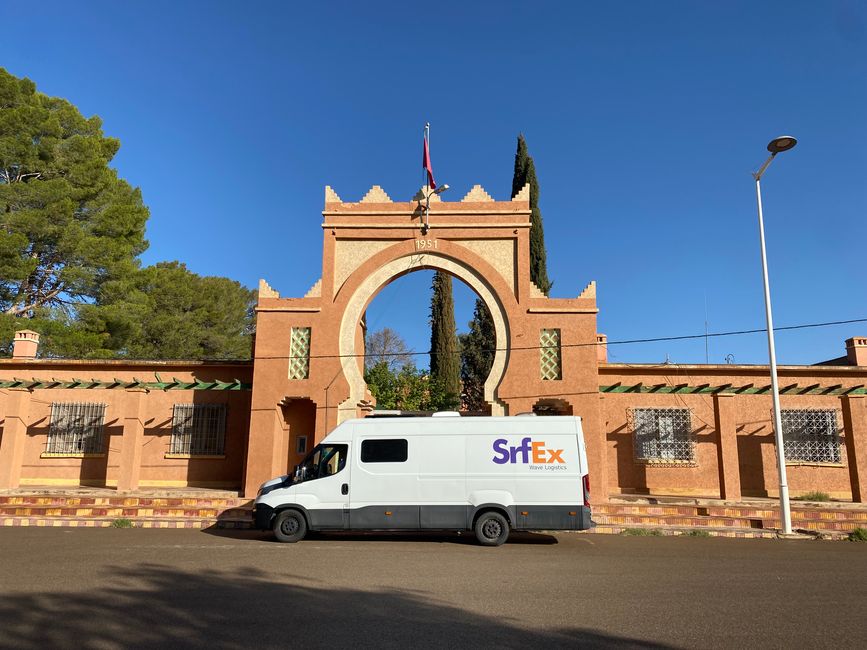
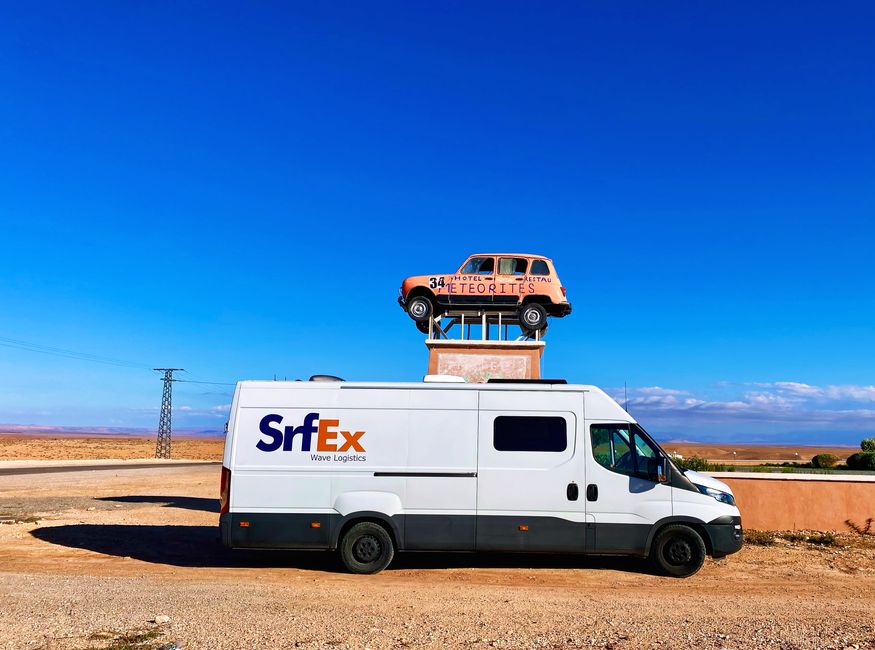
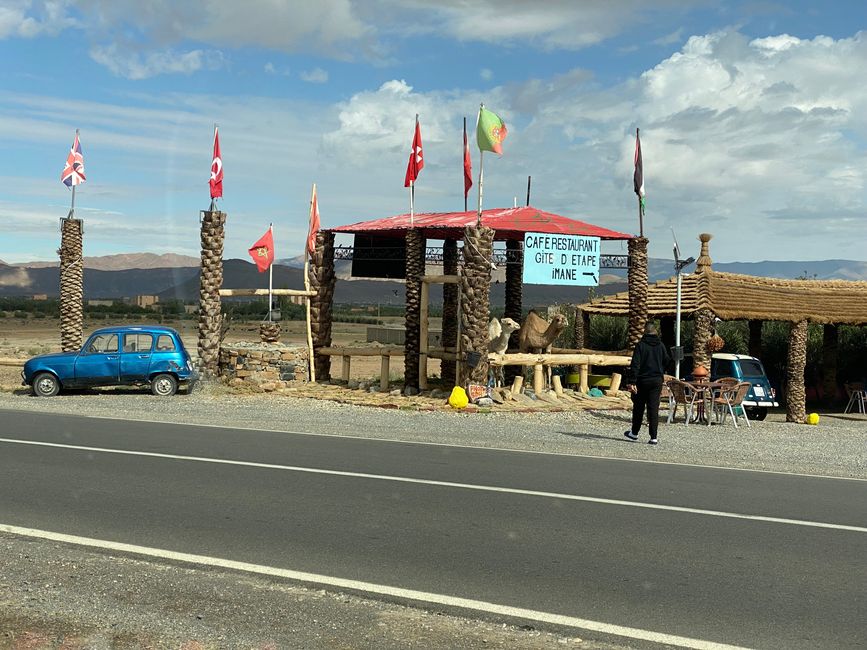
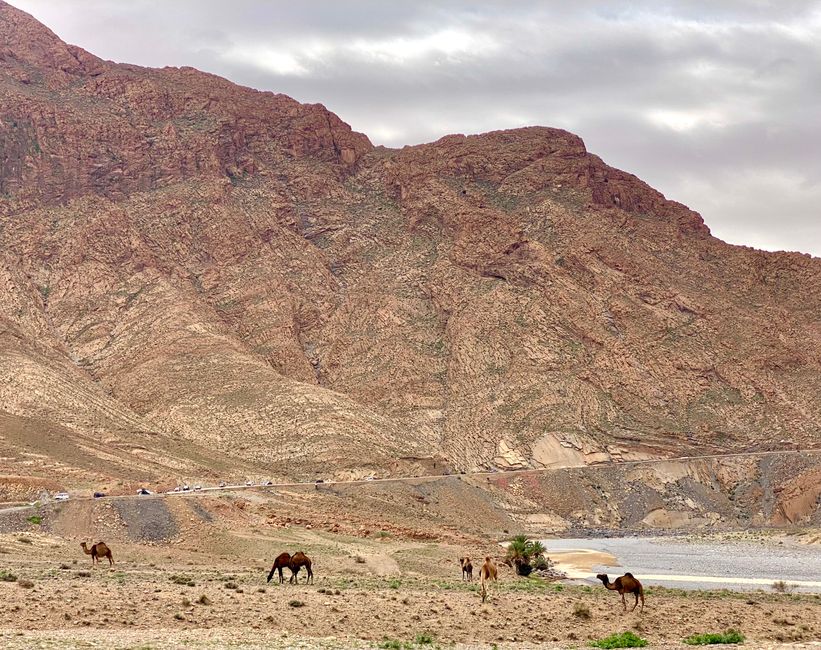
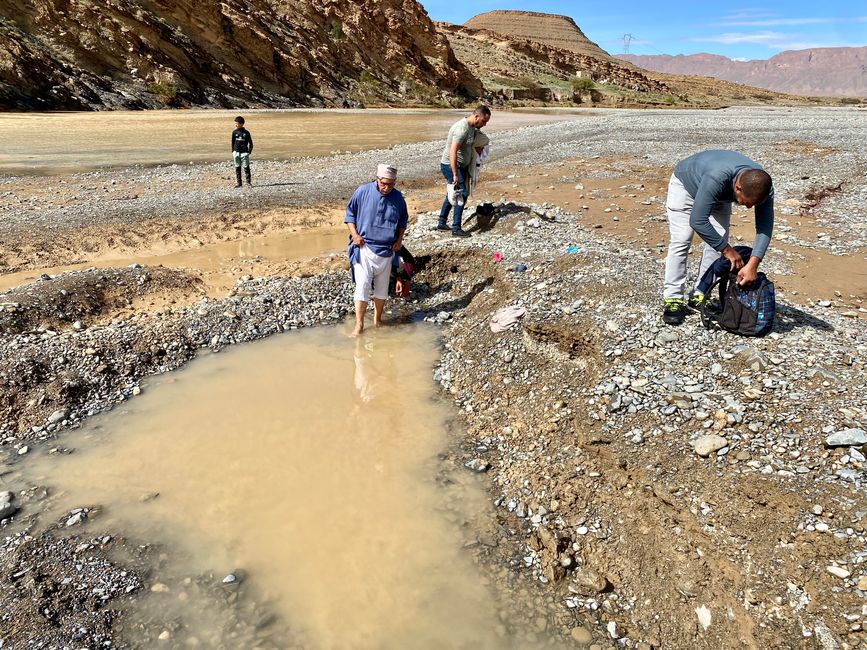
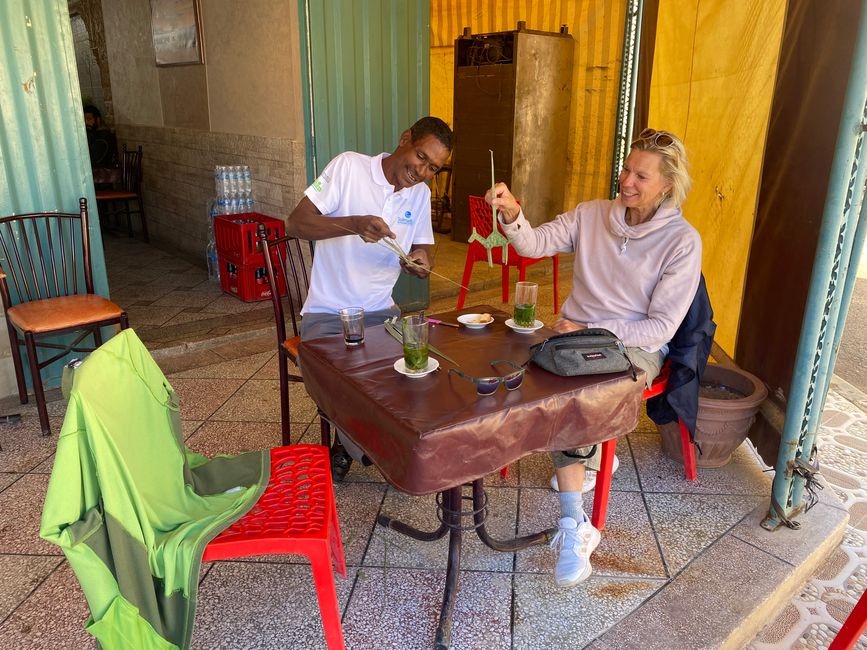
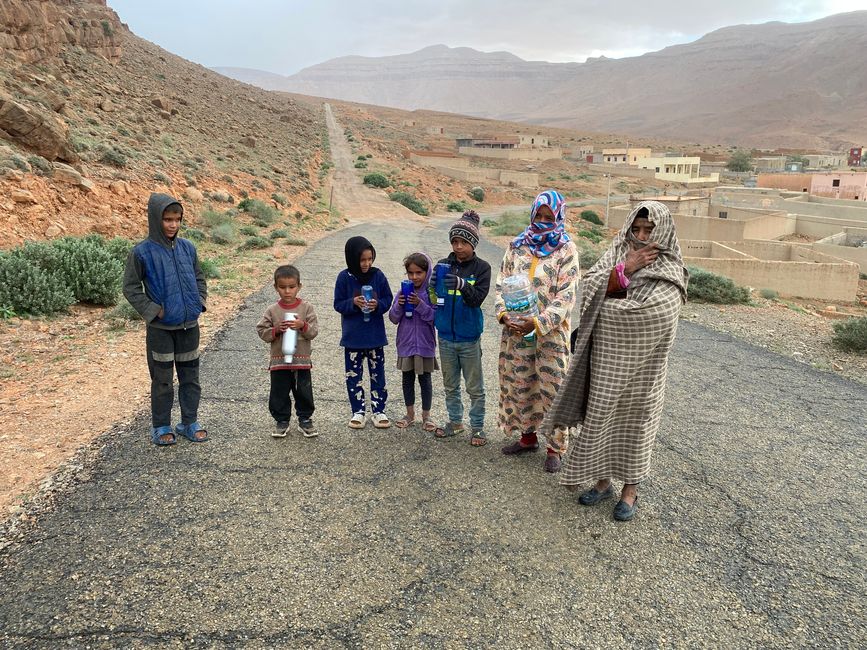
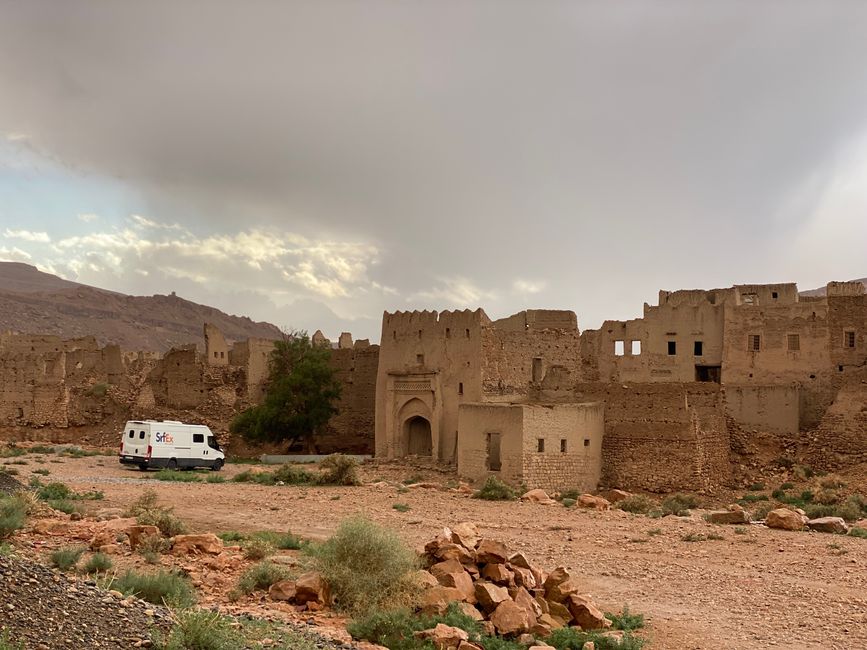
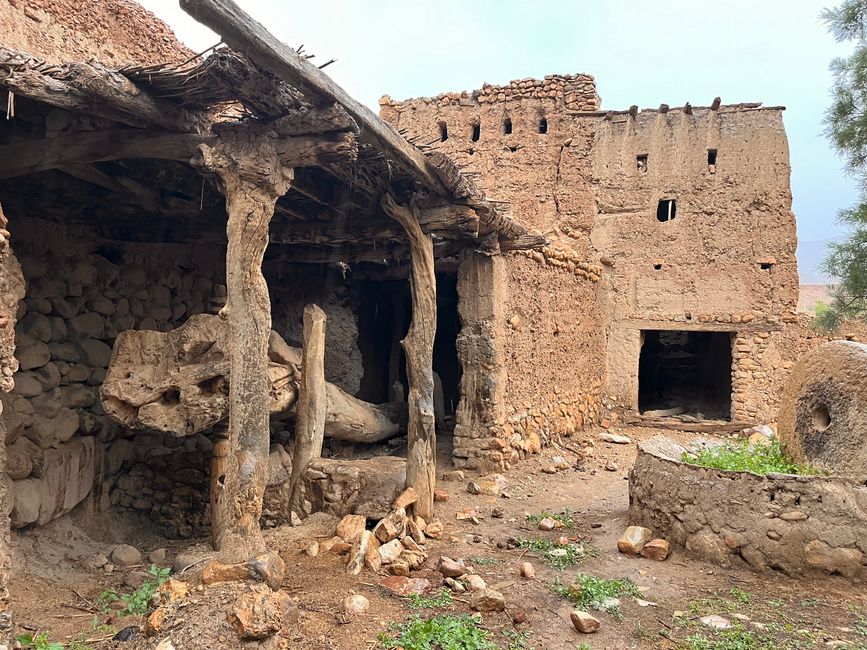
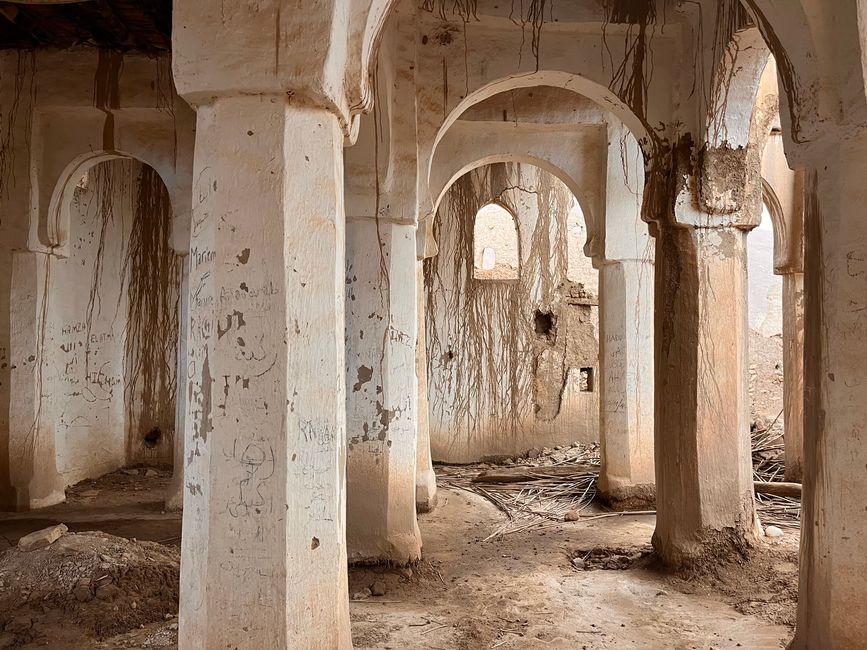

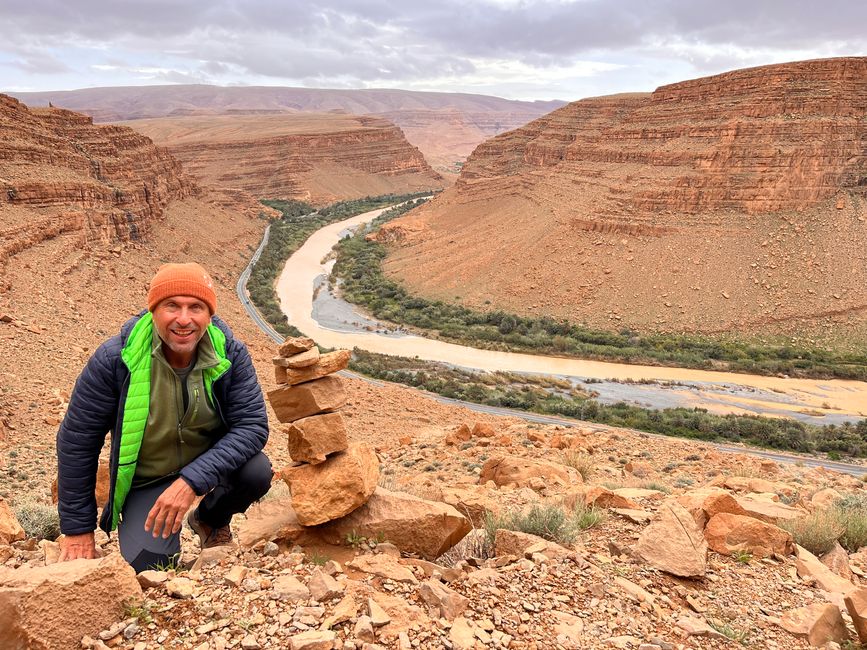
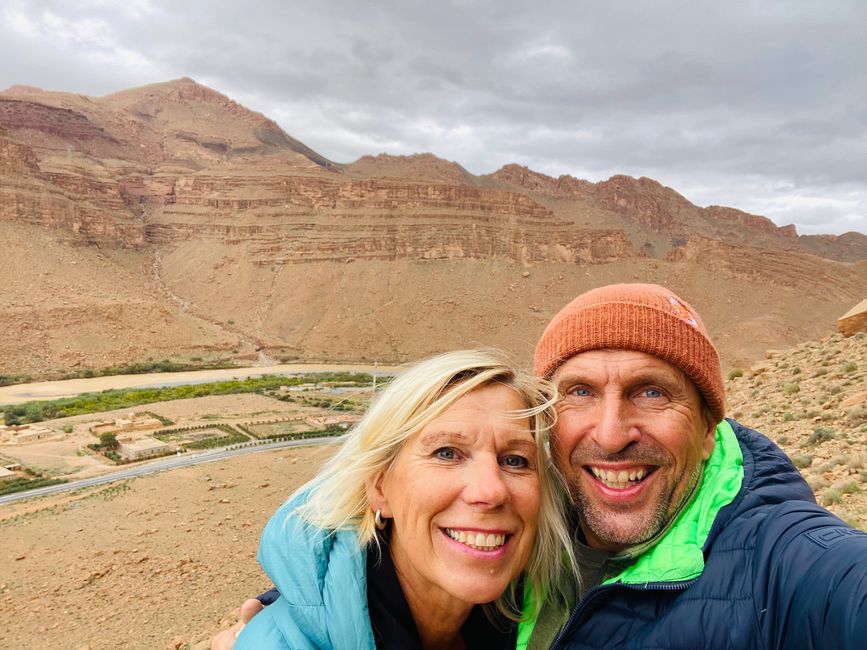
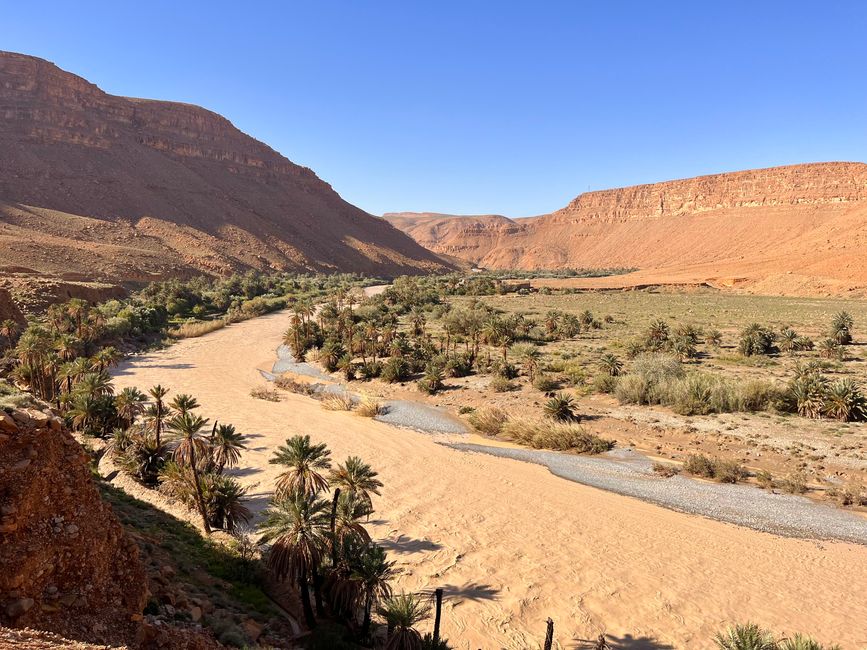
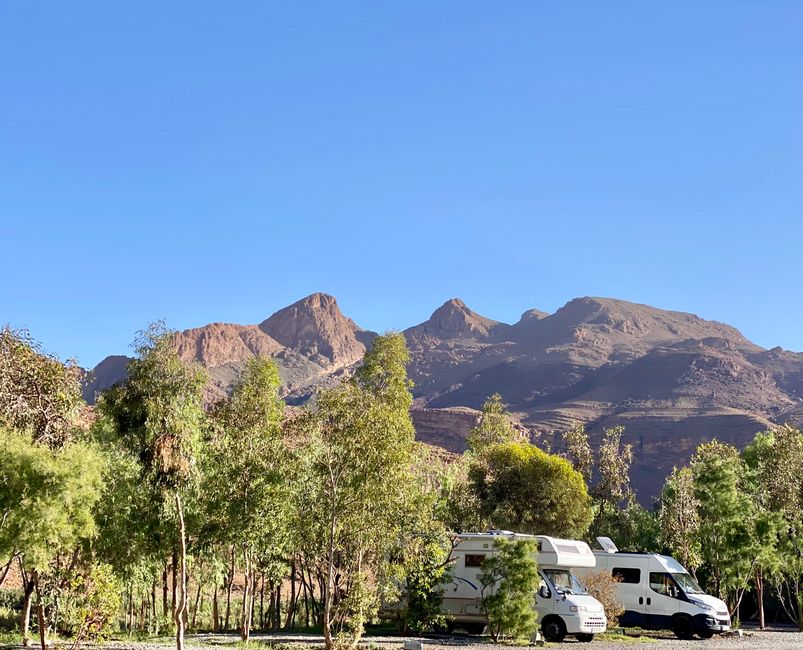
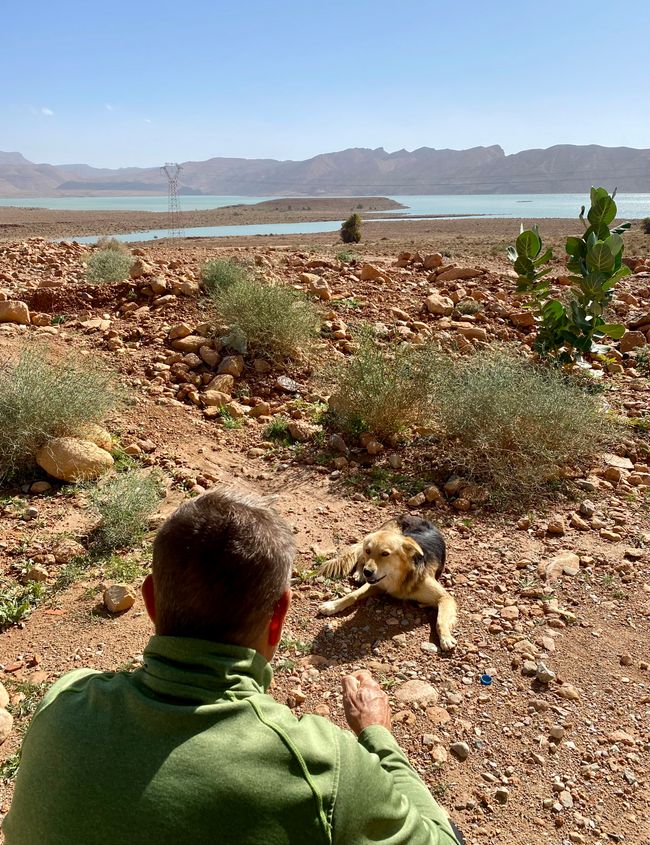
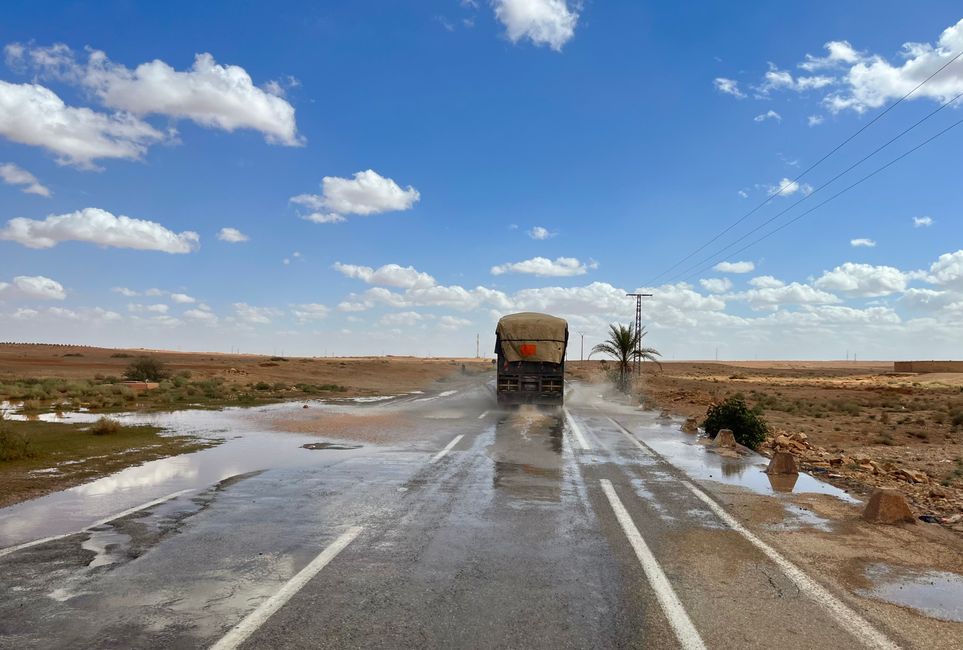
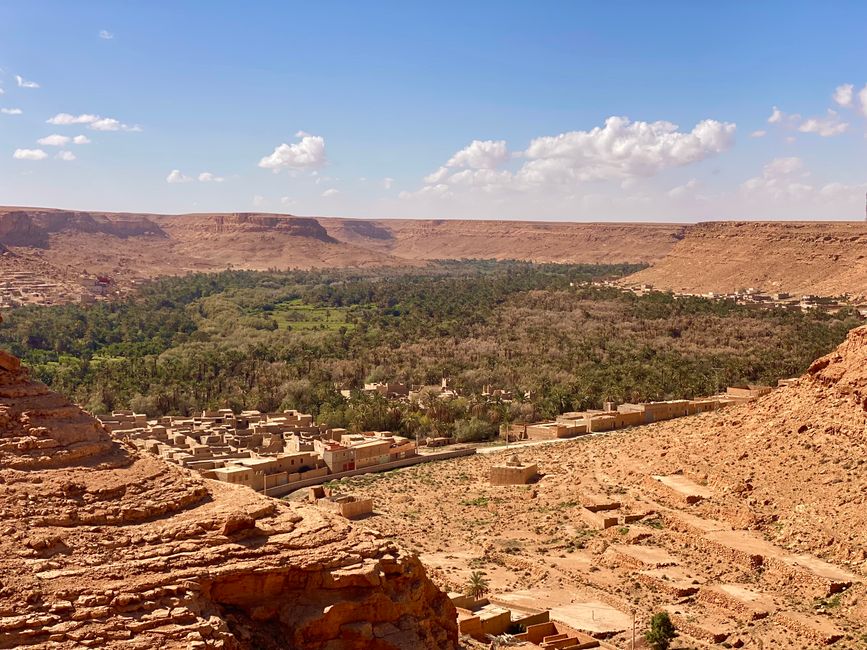


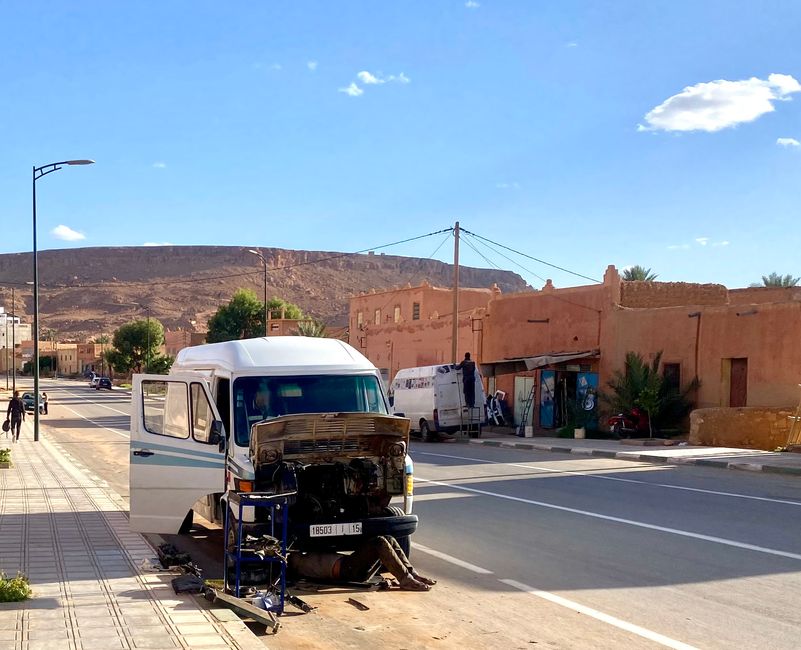
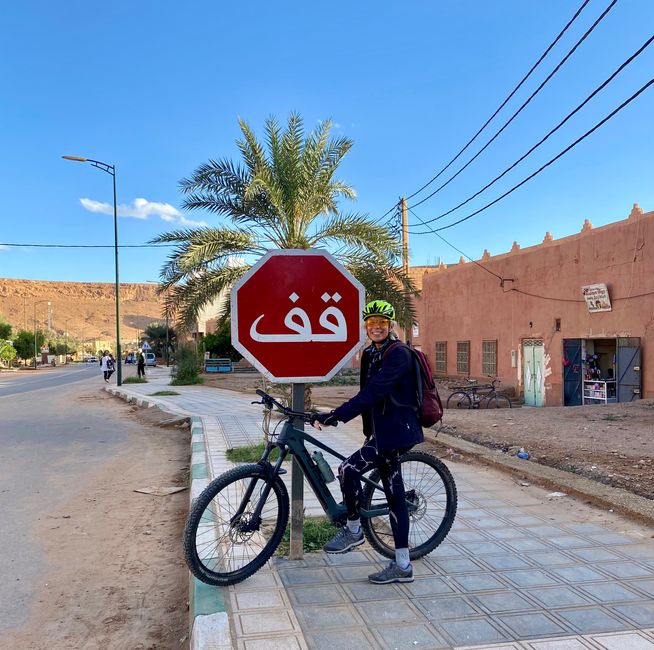
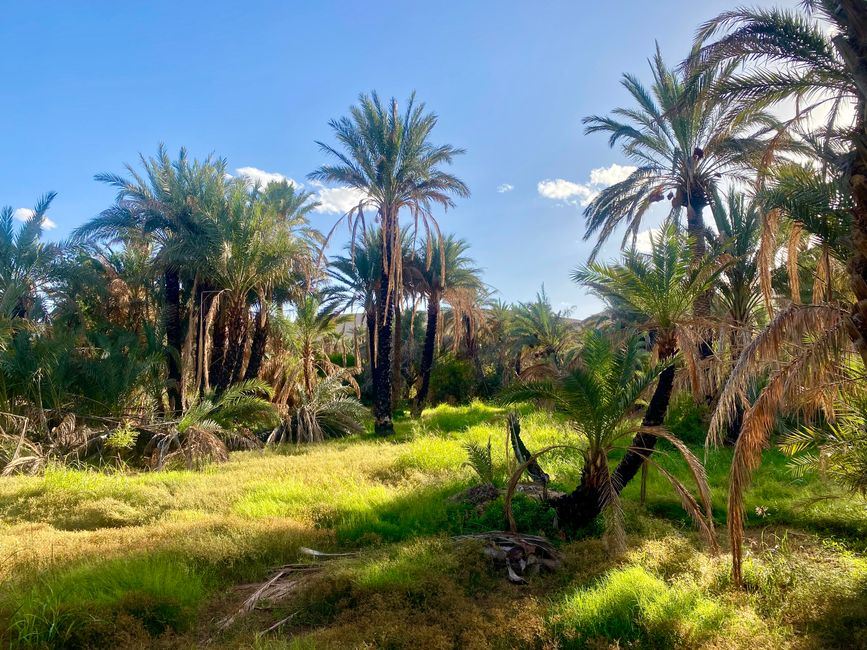
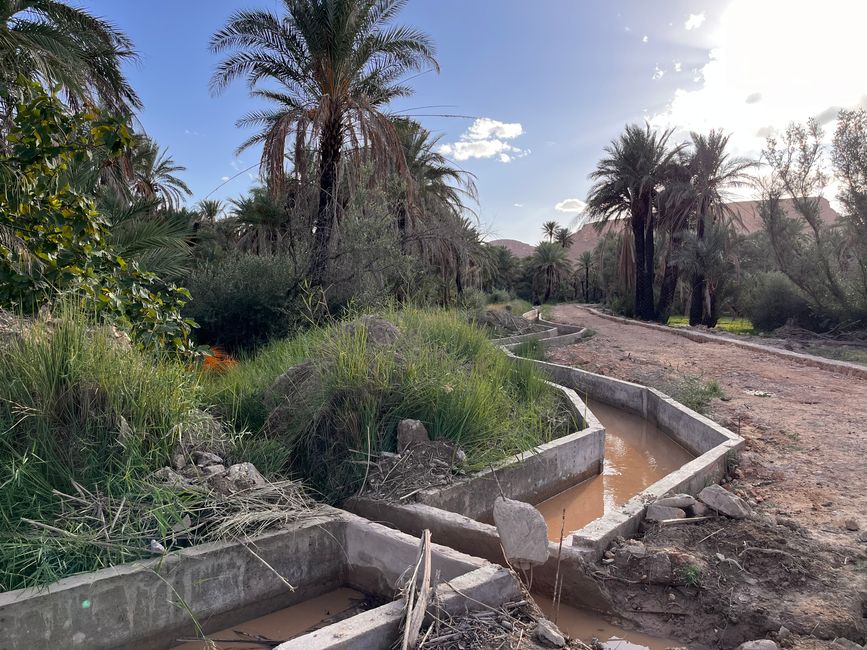

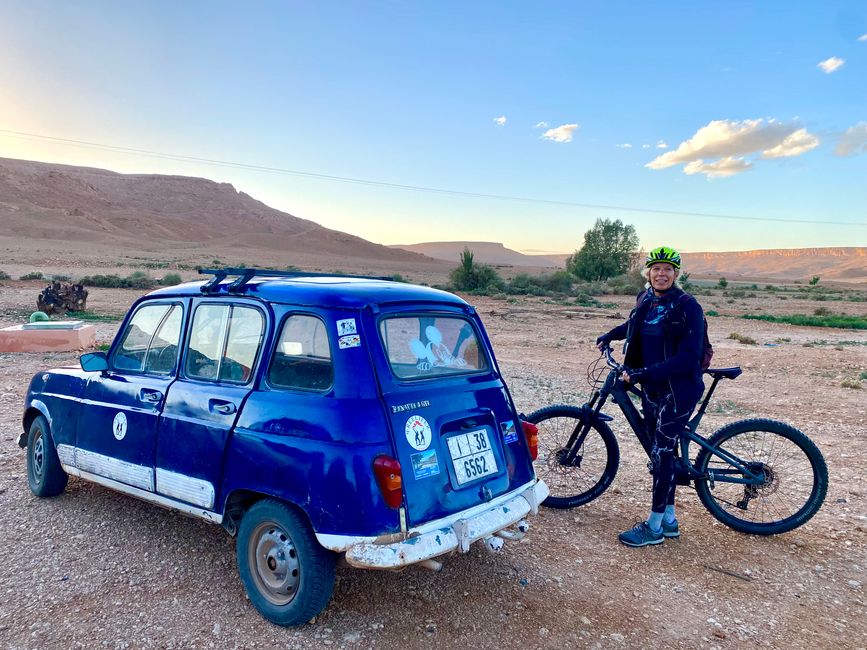
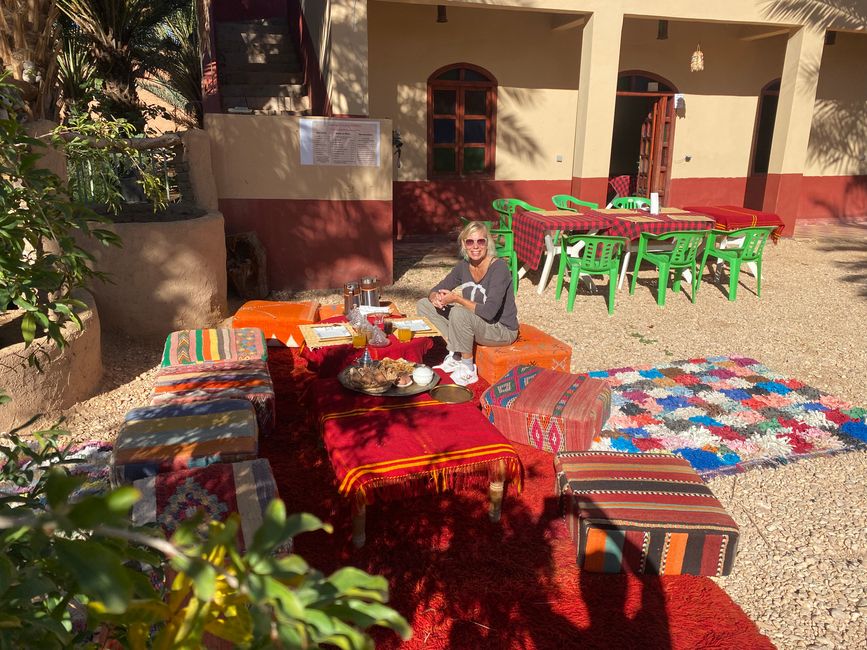
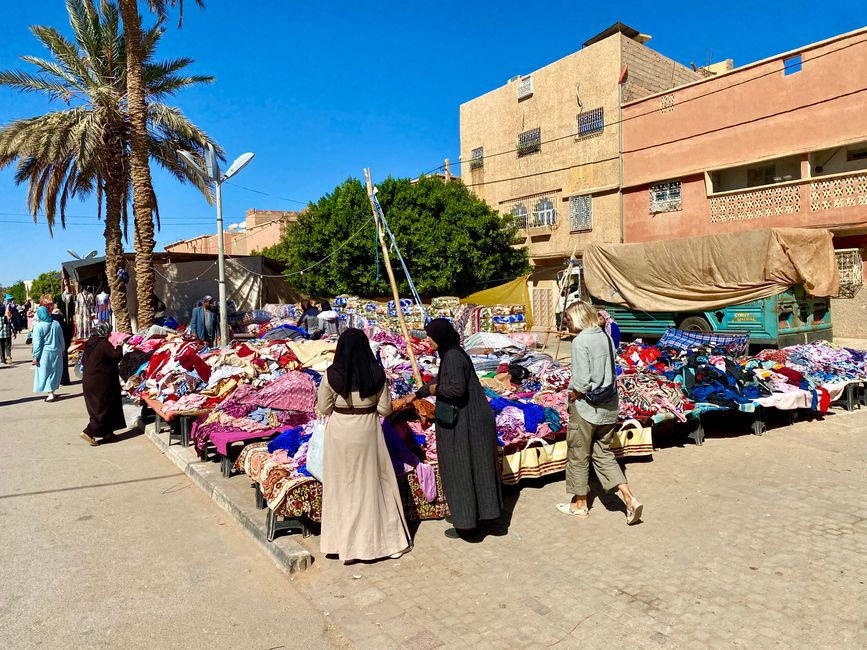
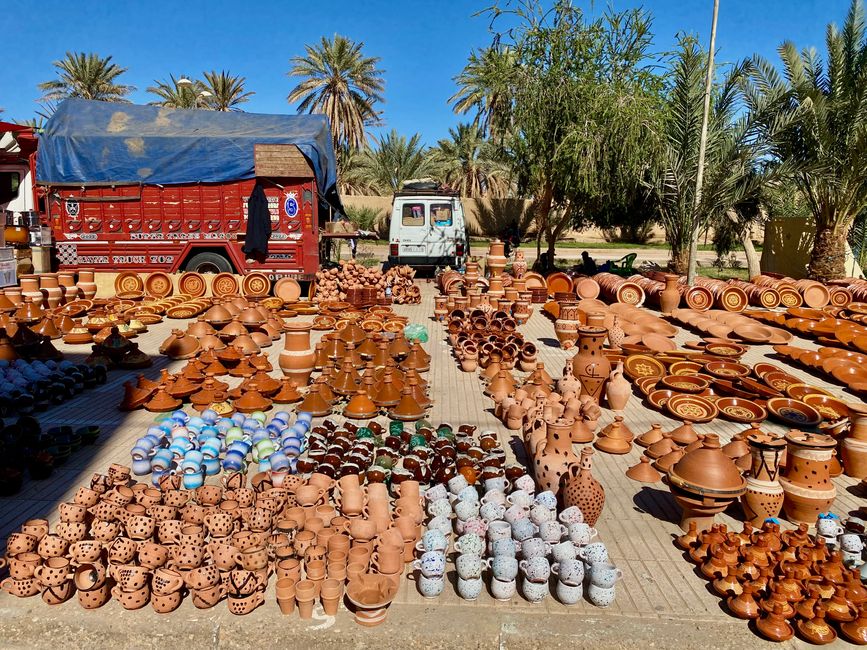
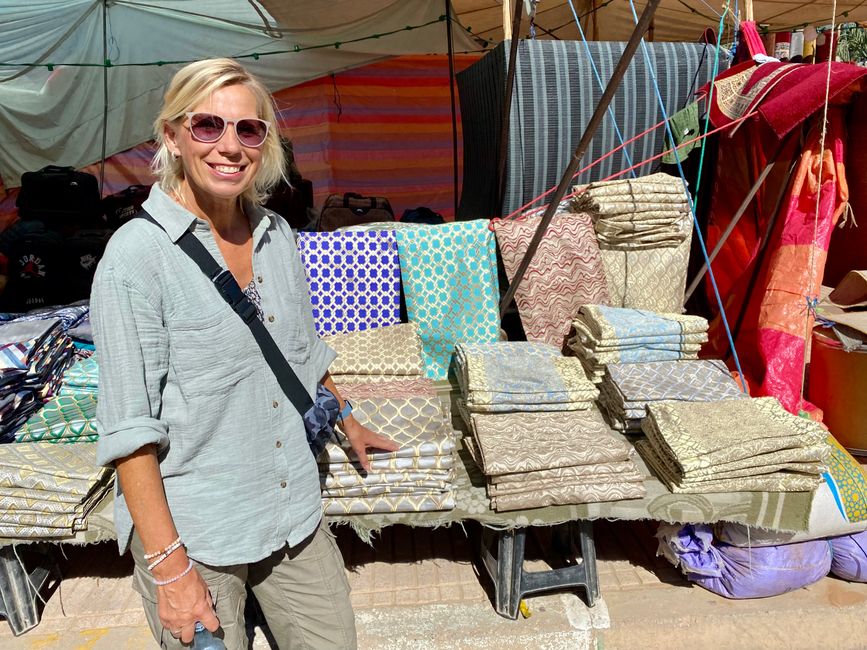
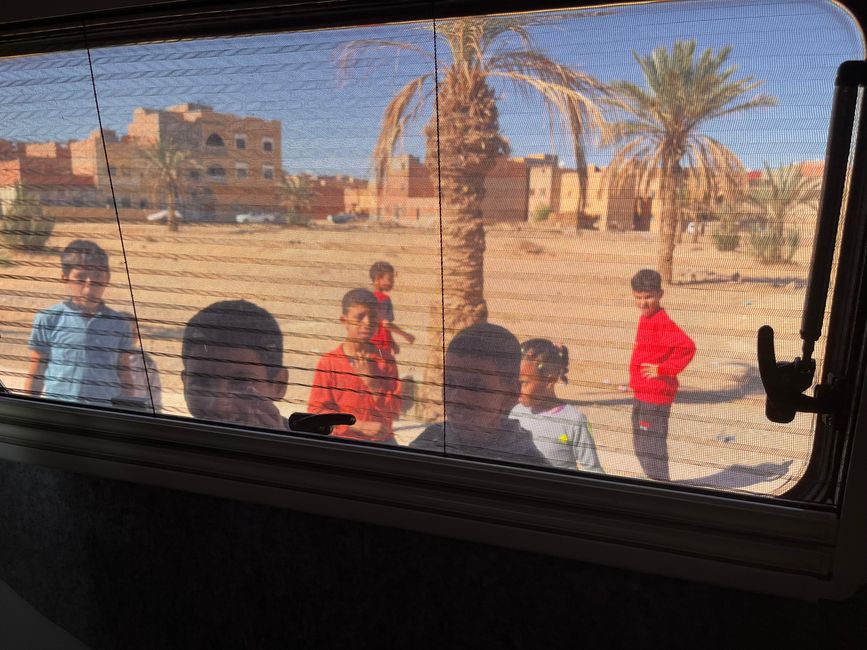
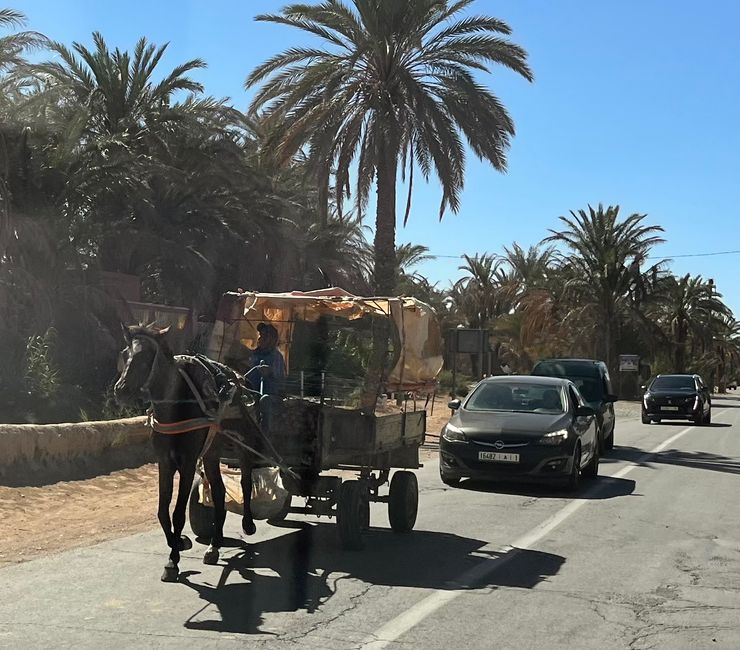
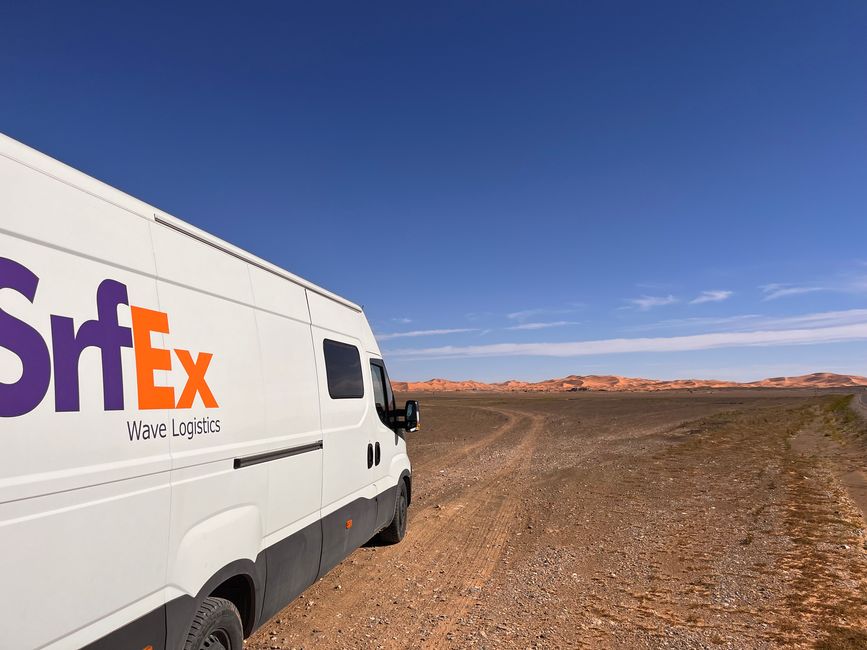
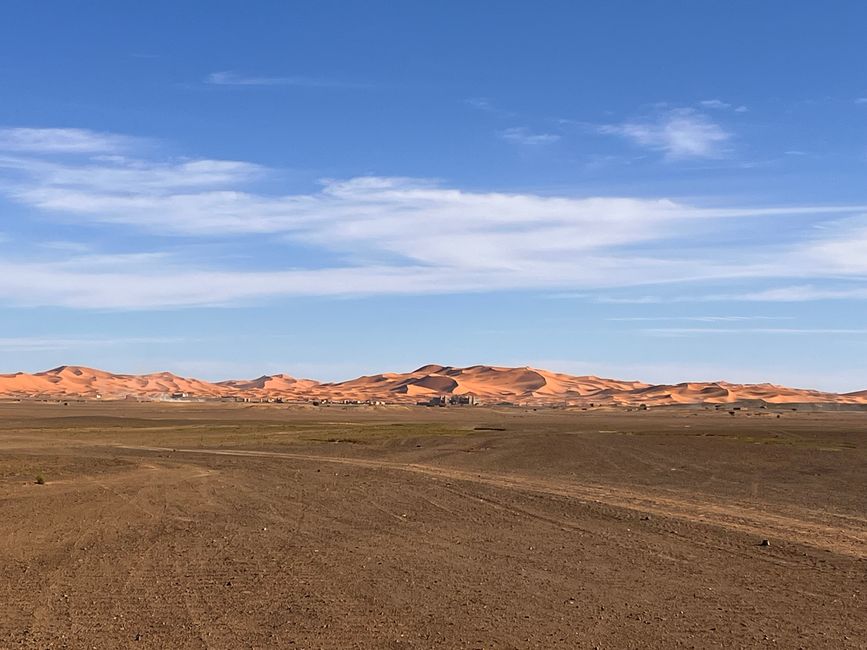

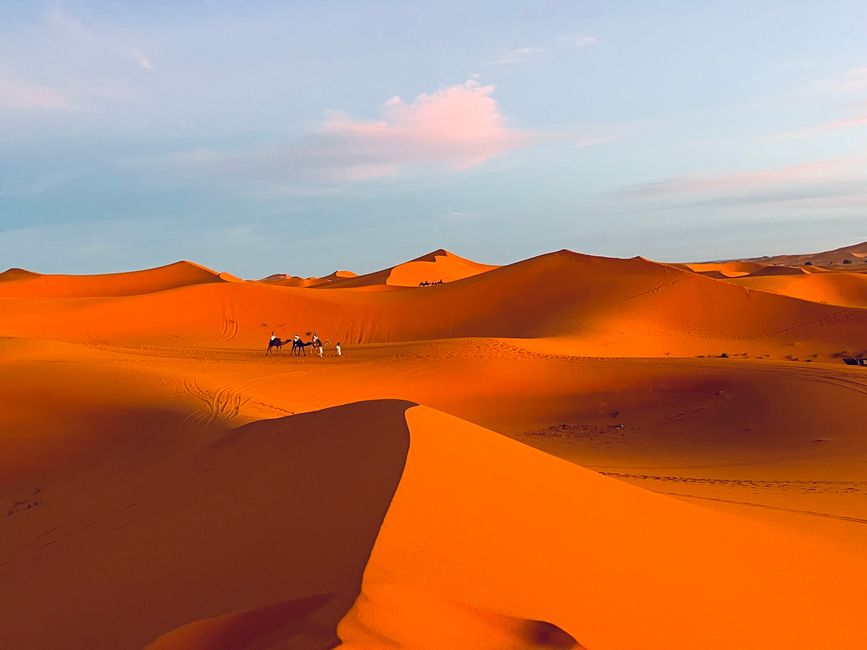
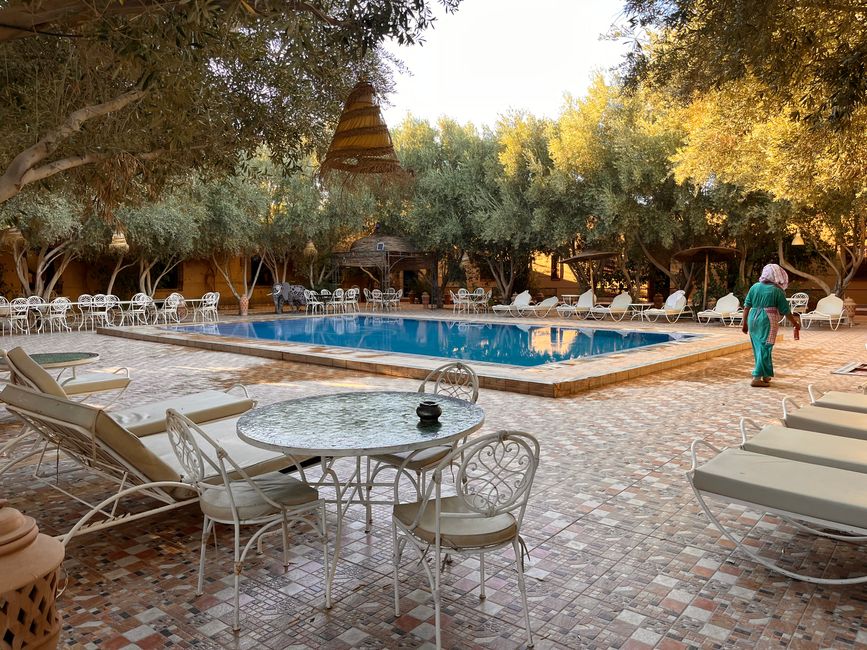
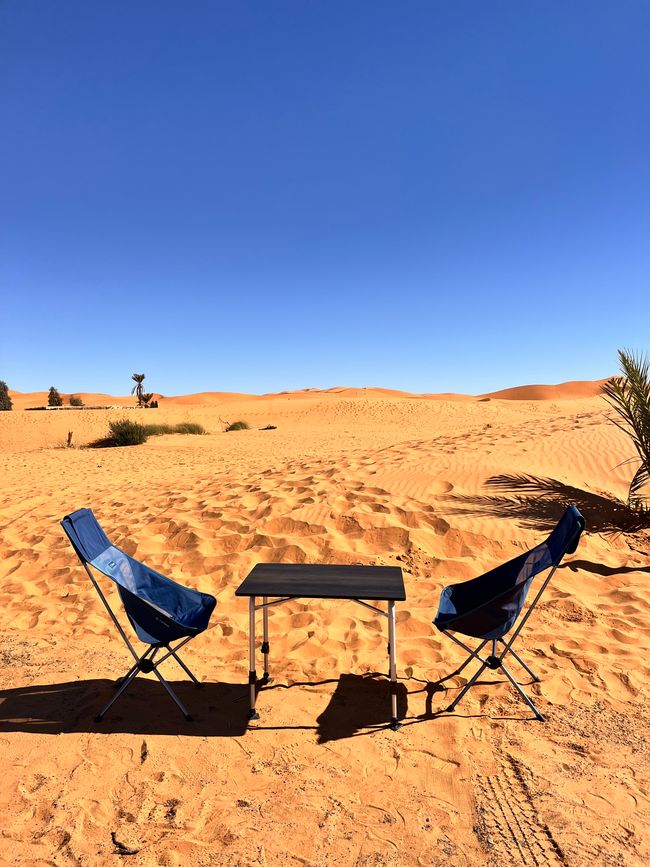
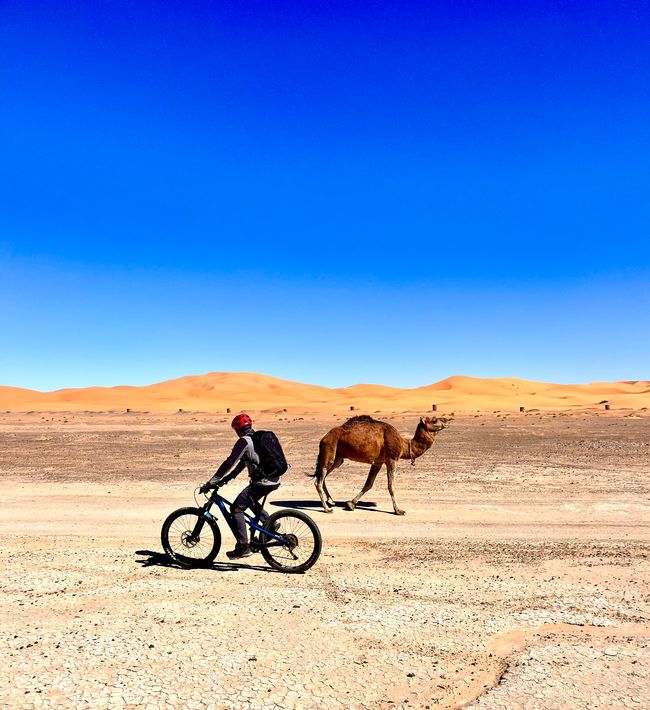
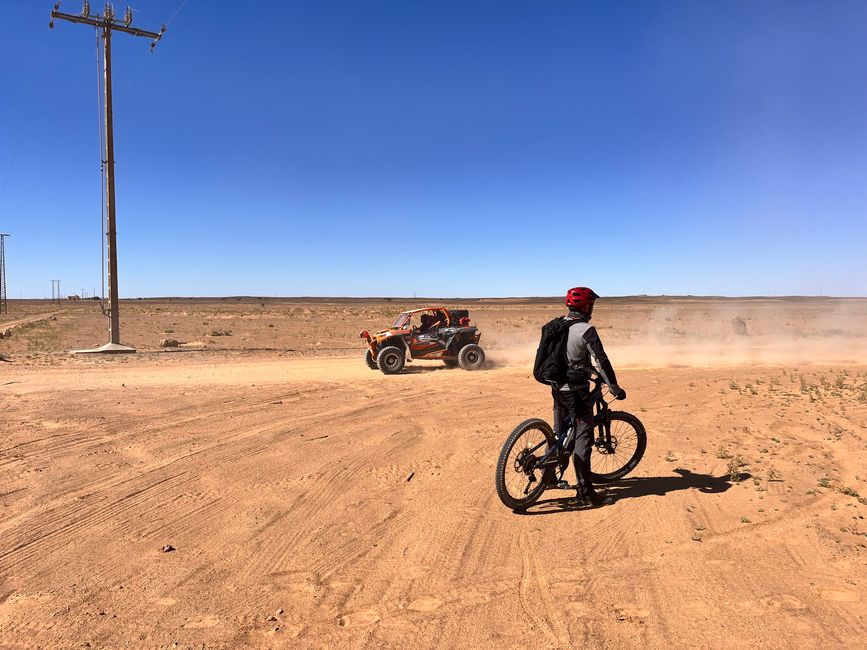
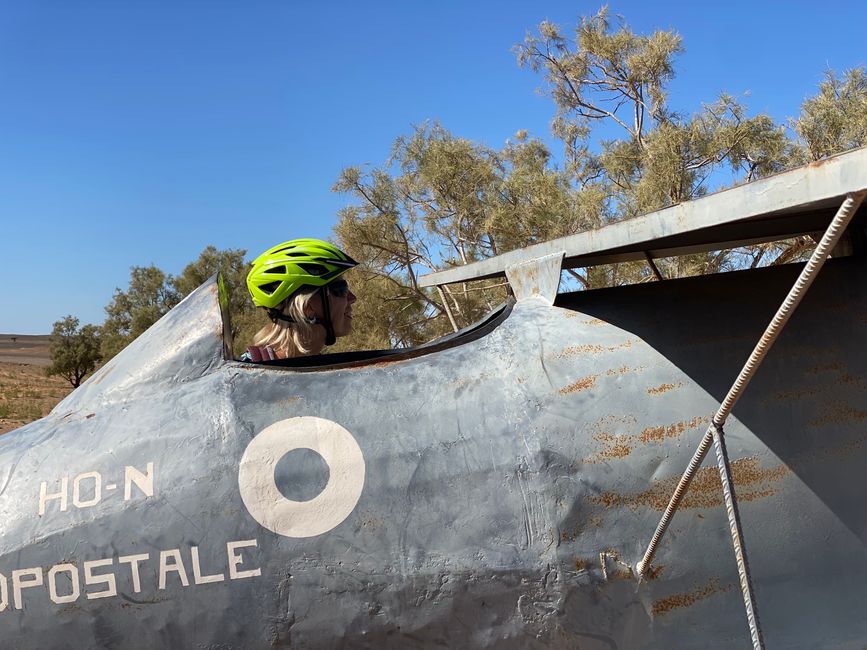
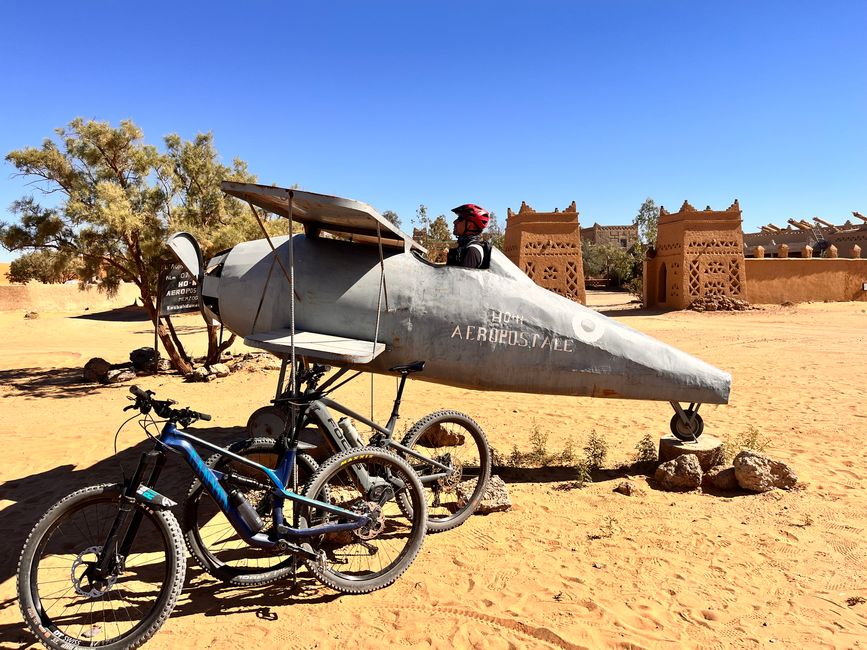
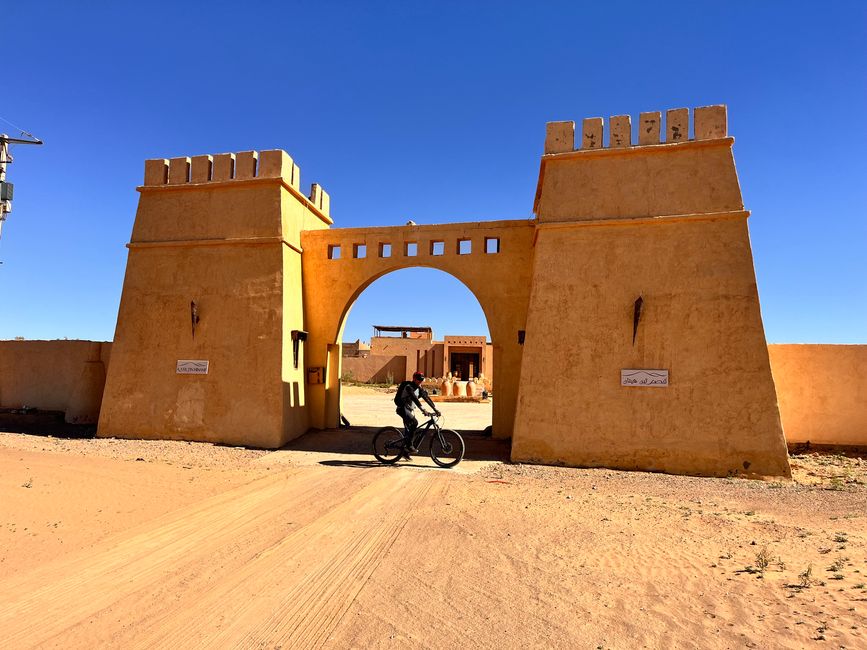
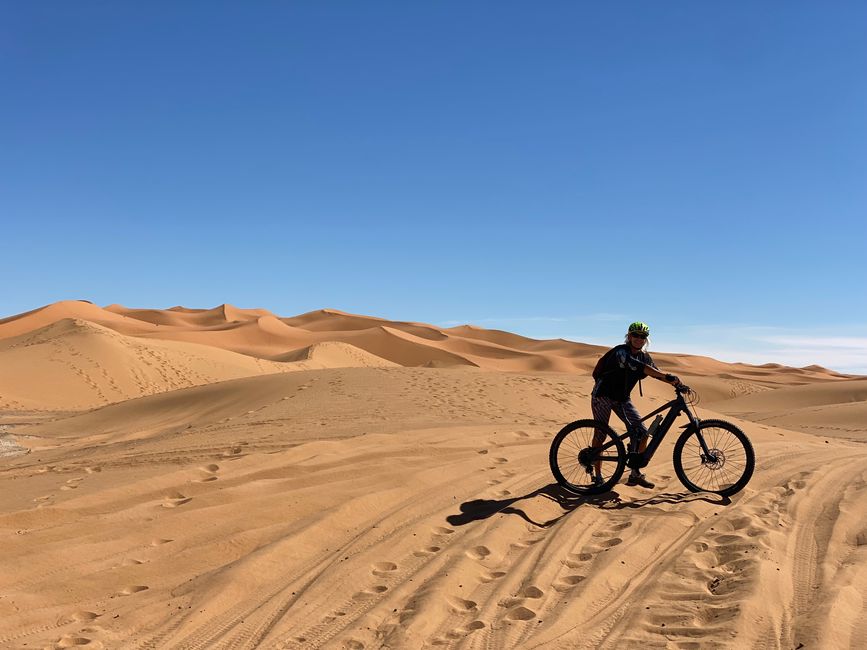

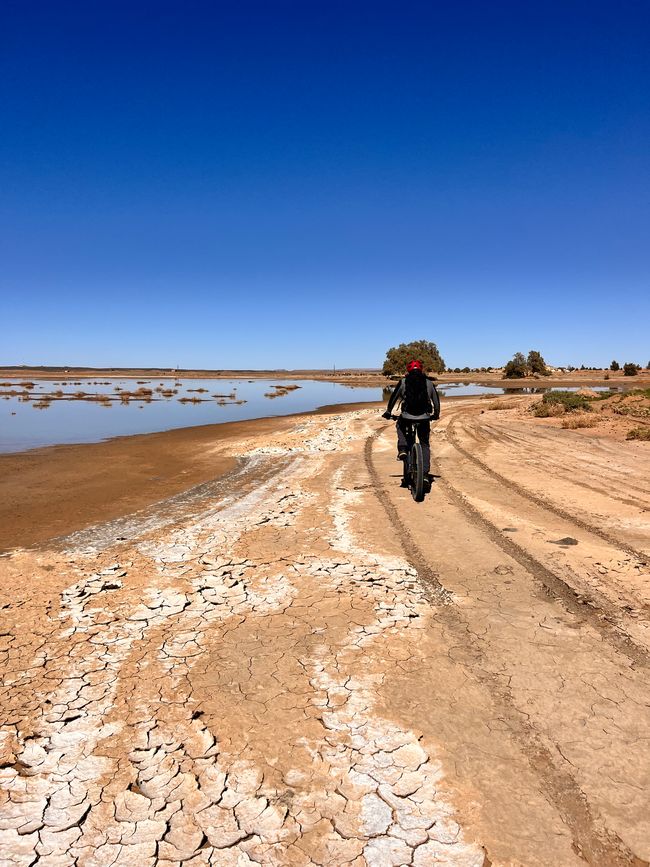
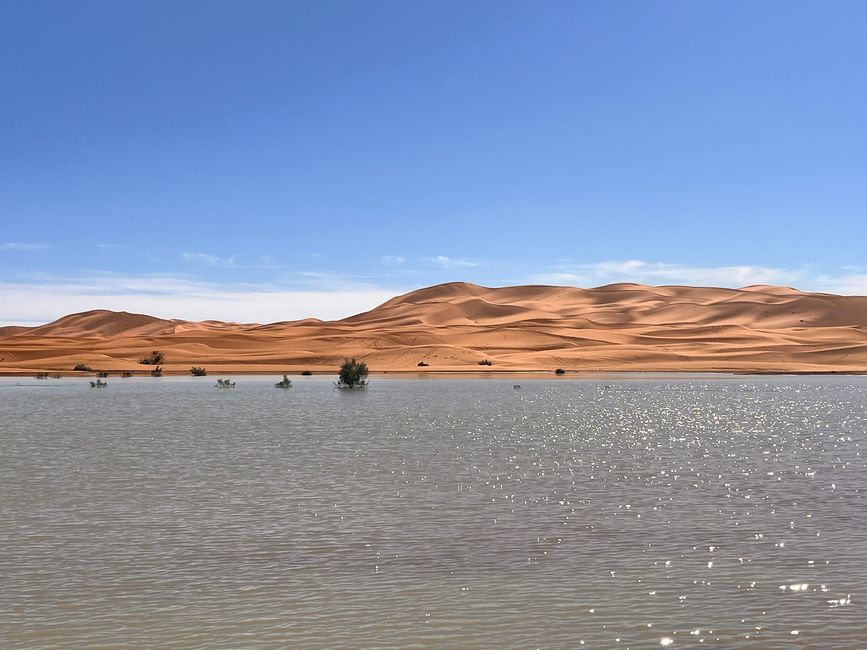
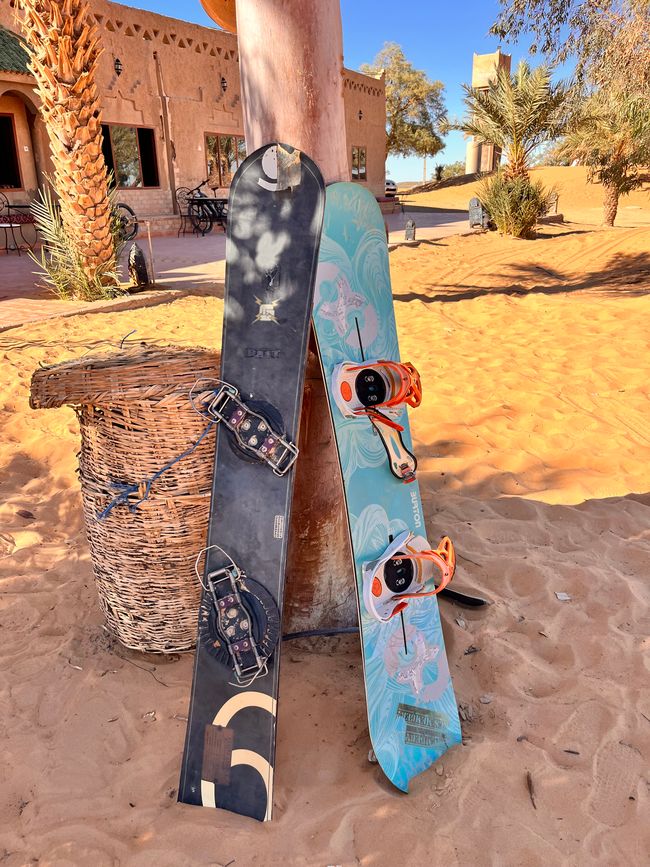
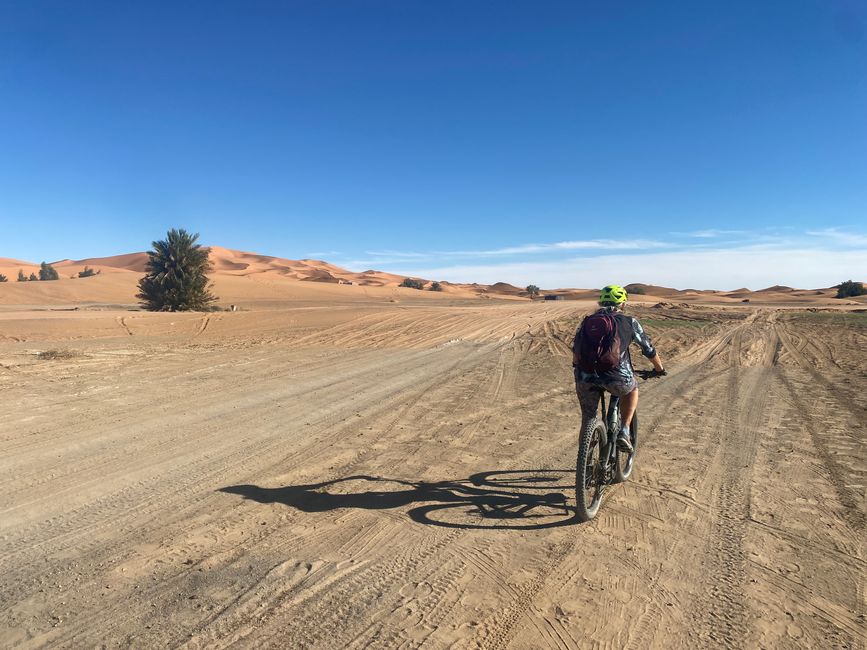
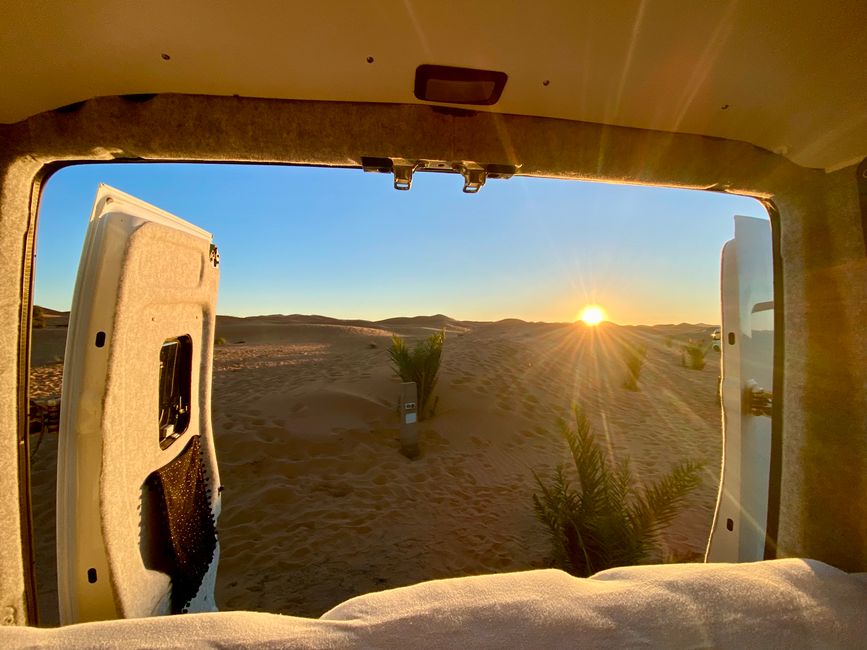

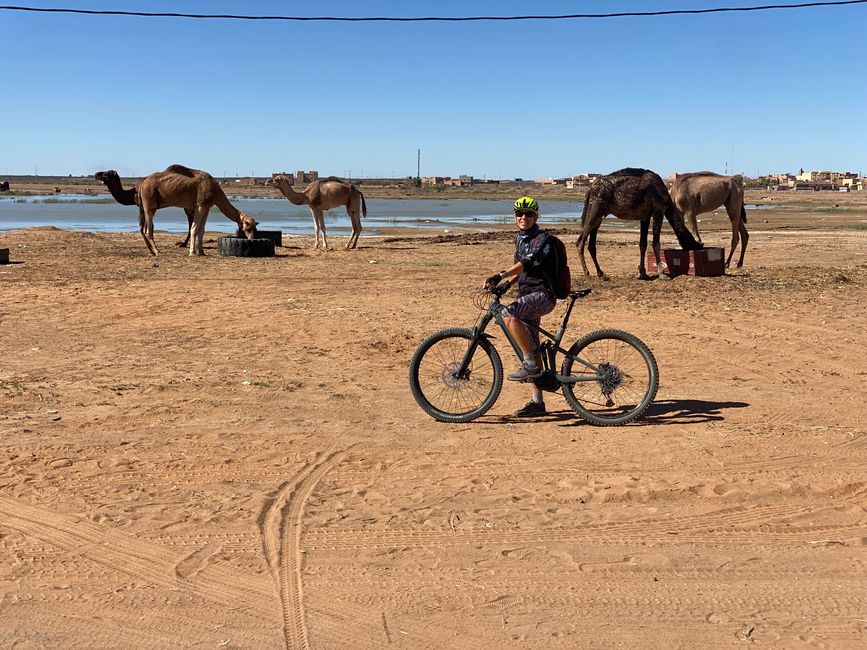

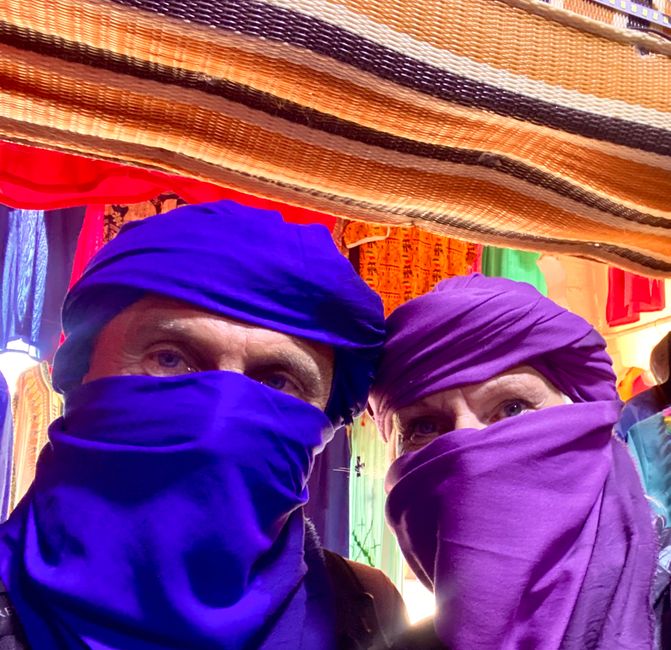
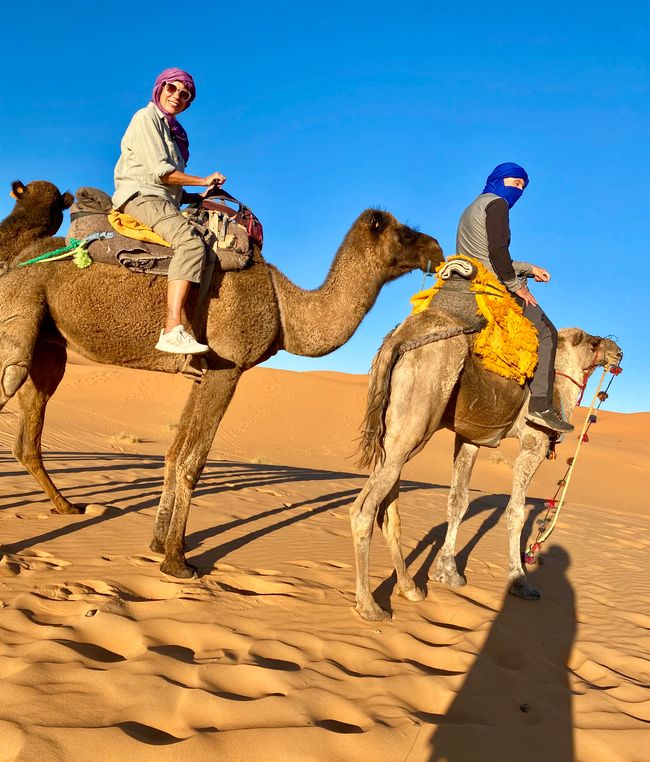
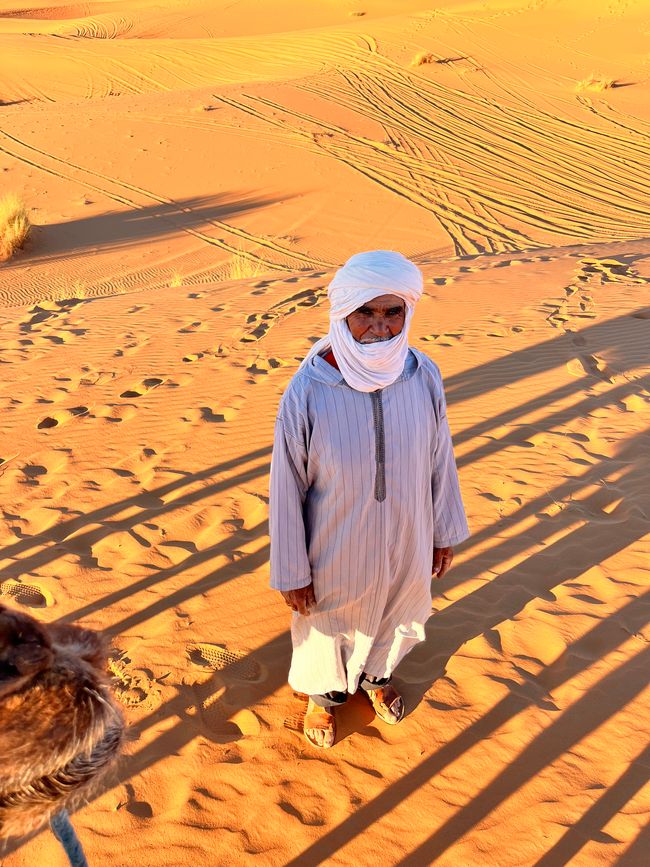
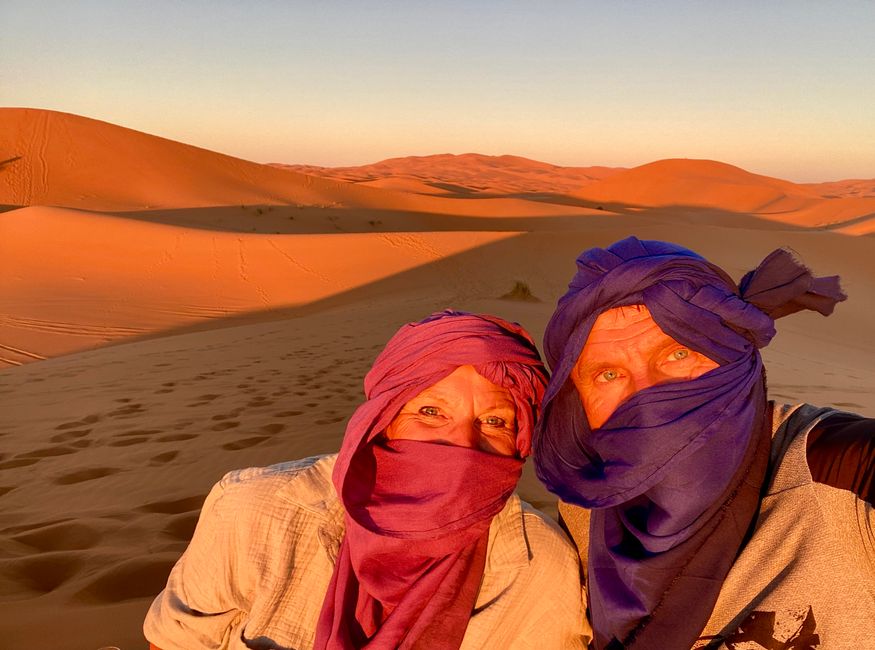
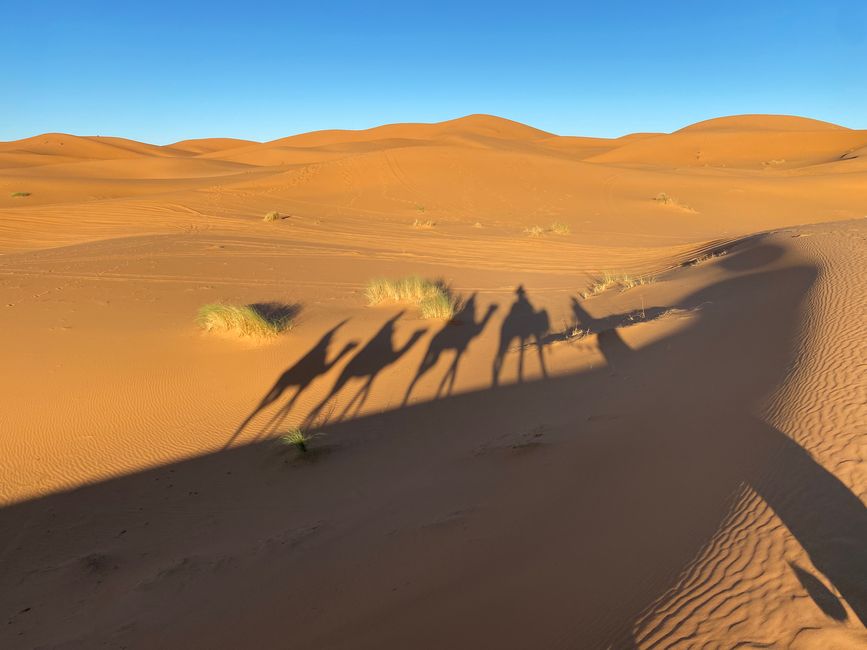
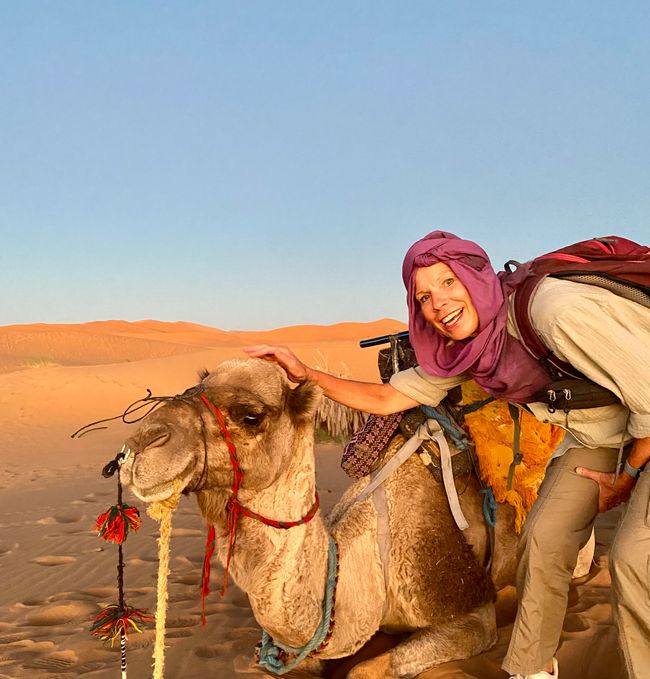
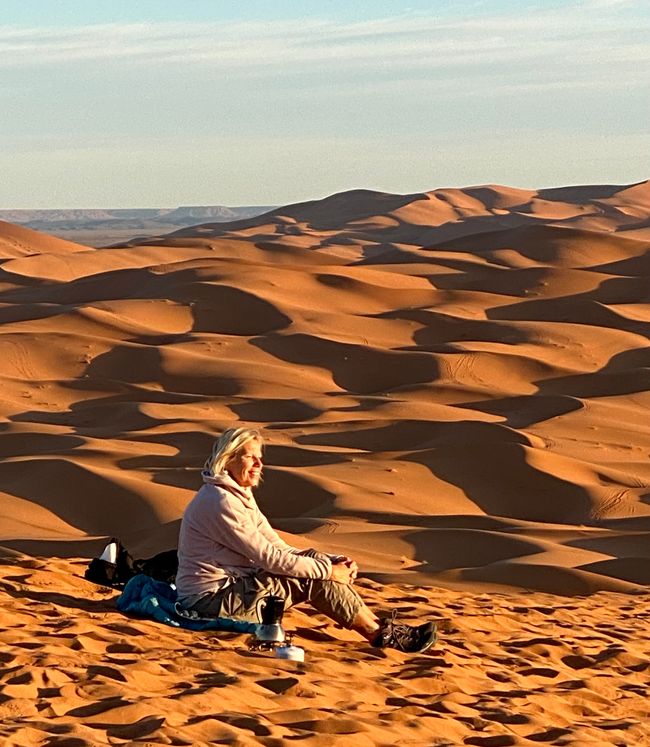
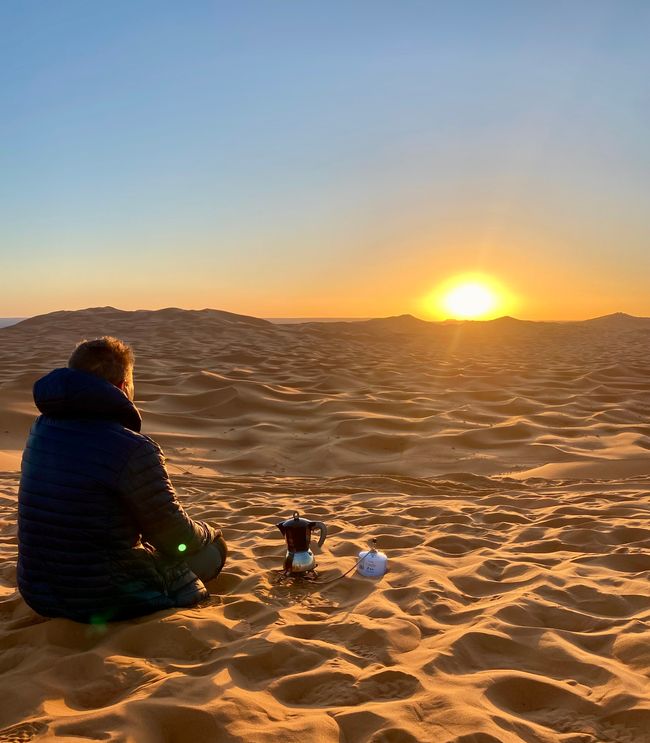
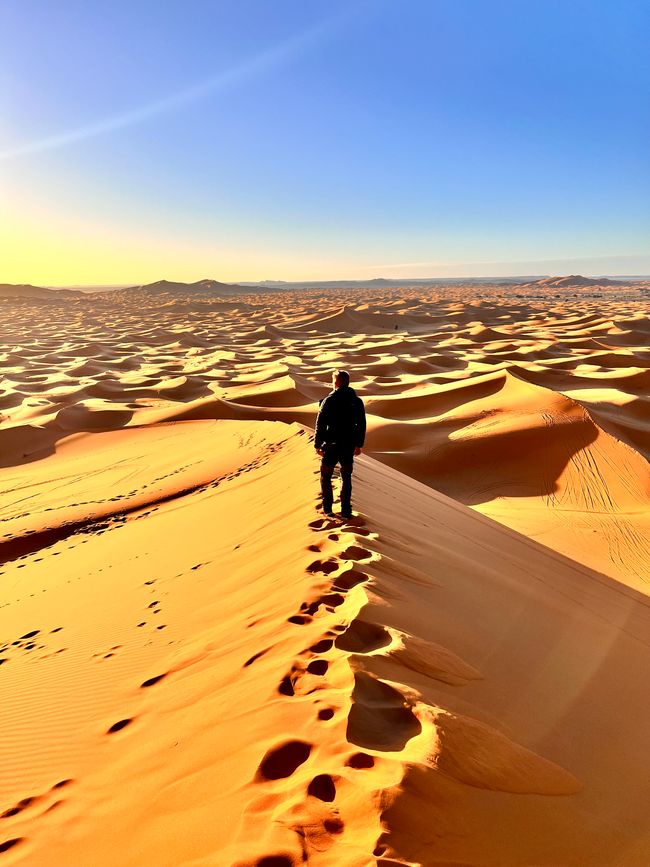
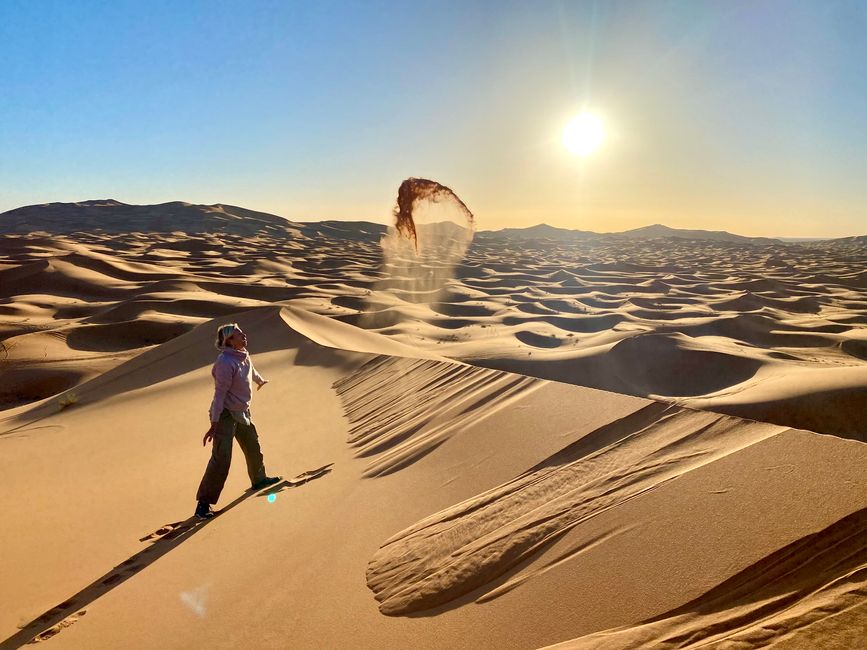
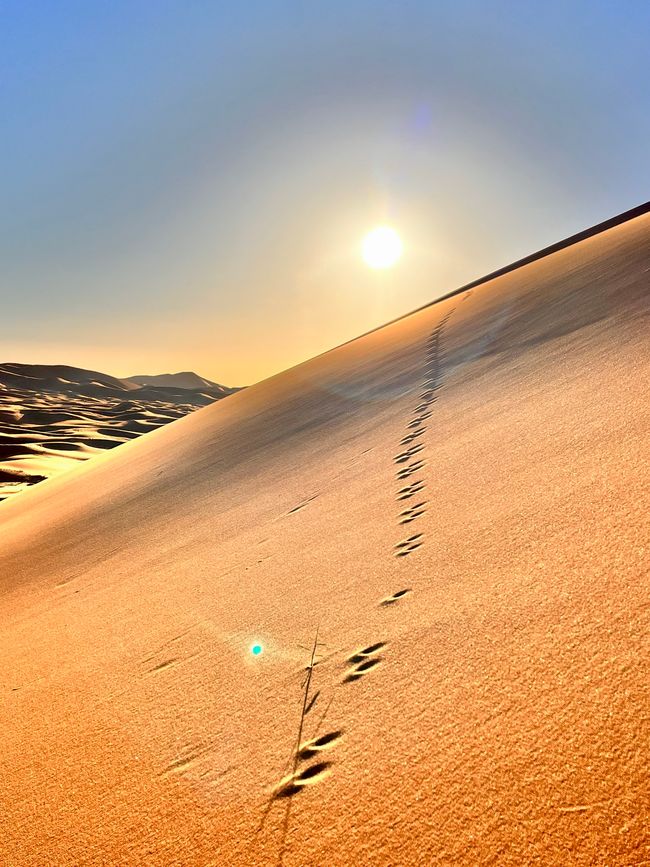
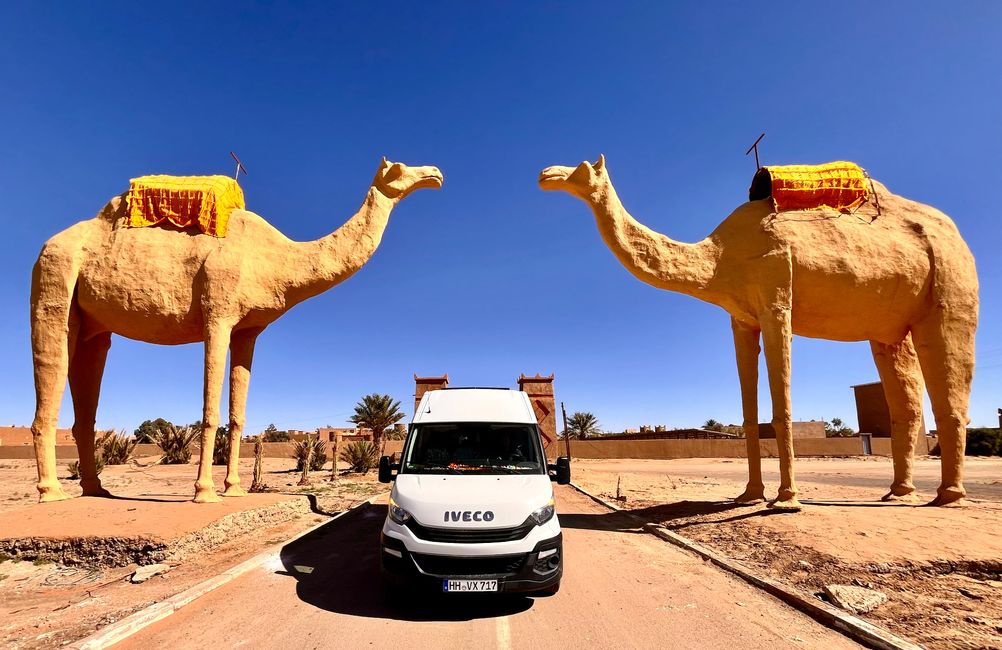
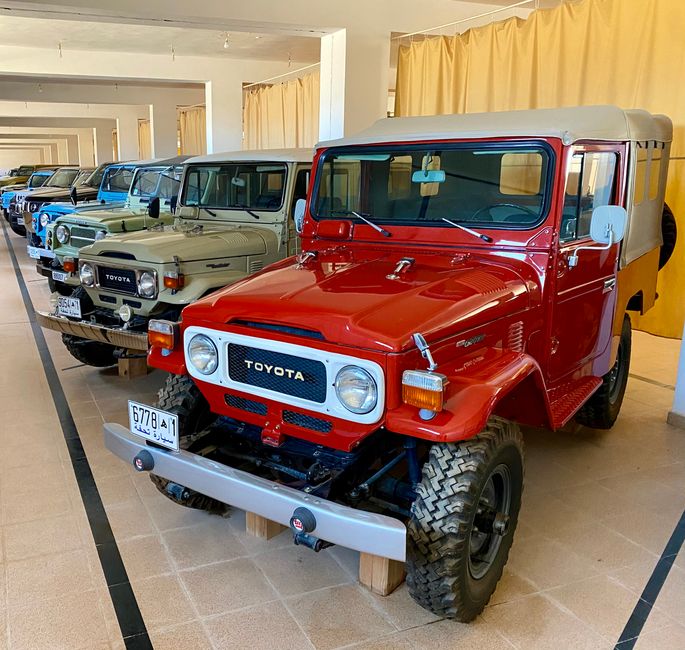
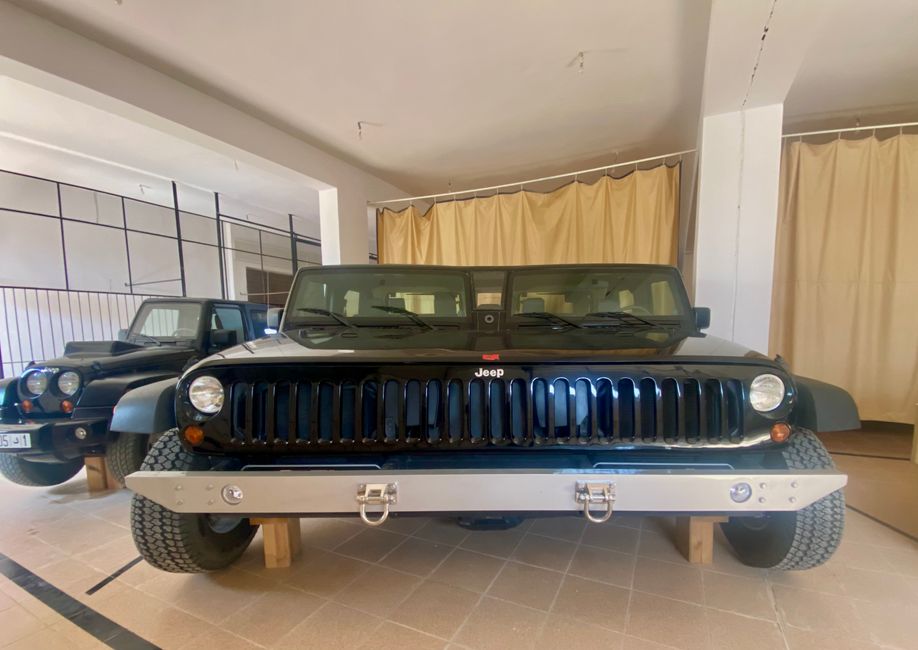
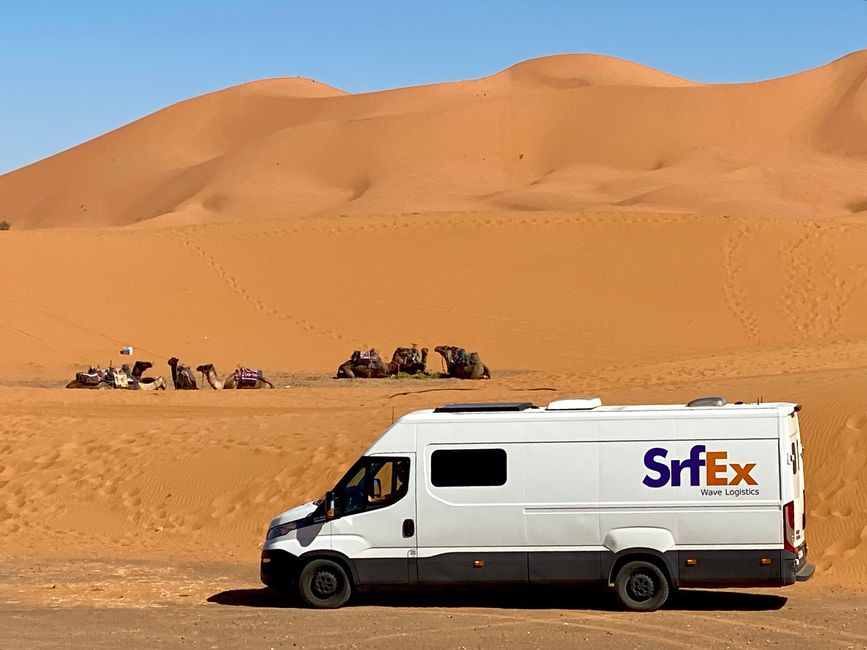
Prenumerera på nyhetsbrev
Personal log entry from the houseboat Betty HH-VX 717: It is the year 2024, October 24th, 3:30 PM
From Meknes, we take the N13 country road southward towards the Middle Atlas Mountains. Our destination is the region around Azrou and Ifrane, the 'epicenter' of Moroccan winter sports. We stop for fuel one more time and have learned to ask before filling up whether we can pay by card. Some gas stations only accept cash. Otherwise, refueling is not an issue in Morocco. There are gas stations everywhere, almost always with a refueling service, so you don't even have to get out of the car. Sometimes, they even clean the windows for you. Speaking of cash: Nothing works without cash in Morocco! You can usually only pay by card at gas stations or large supermarket chains like Carrefour. A 20 DH note (approx. 1.80 €) can make a vendor on the market a bit uneasy. 100 DH and 200 DH notes, like those dispensed by ATMs, are extremely difficult to get rid of.
The journey south is relatively unspectacular, but beyond Azrou it climbs steeply into the Moyen Atlas. Along the roads, there are gates marked with 'Barrière Neige', meant to block the roads during heavy snowfall. Just after Azrou, we have chosen the campsite 'Emirates'. As mentioned, we enjoy the 'little luxury' of a campsite (abbreviated as CP) with prices between 5 € and a maximum of 10 € per night, after many months of wild camping. When we arrive at the site, we are amazed: The entrance goes through a grand entrance gate that would do honor to a 5-star hotel. The mystery is solved when we find out that it is a CP adjacent to a hotel. The hotel, like many in Morocco, is (post-Covid?) no longer in operation. It was built to accommodate wealthy families from the Emirates. An older Moroccan man, who apparently keeps an eye on the abandoned part of the complex, offers to show us the hotel facilities. The poor guy apparently has a birth defect with feet that point completely 90° inward. However, he walks quite well and goes up stairs, proudly showing us the deserted hotel. Even the grand seating areas must have cost a fortune. Now everything is dusty and waits for a new investor.
The next day we ride our bikes to Ifrane, 17 km away. Luckily, we manage to take small side roads and even some off-road sections for most of the route. At the edge of a small road in a little forest, we encounter Barbary macaques for the first time. Of course - in Morocco, you are rarely alone - there's someone right away offering us apples and nuts to feed them. It's really sweet, with a large troop of monkeys, ranging from babies to the big boss. Luckily, the monkeys are not intrusive but a bit shy and appreciate apples and nuts (for which we, of course, have to pay a small sum...). The winter sports resort of Ifrane turns out to be a contrived place that doesn't fit Morocco at all. Many apartments and hotels in alpine style have been built here, and the king has one of his many palaces. There’s even an airport. Everything is spacious, the gardens are well-kept and spotless. The first snowfall is expected in November, and the ski lifts are located a few kilometers away in Michlifen. Ifrane doesn’t appeal to us at all. Still, it was a nice bike ride combined with a little workout.
The next morning, we continue on from the ski resort towards the desert, which already lies in the western part of the Sahara. For this, we just have to follow the N13, which leads from Tangier Med straight into the desert and simply ends there. Shortly after Azrou, we cross several passes that rise up to 1,800 m high. Up here, there is also a reservoir, Lac Aguelmame Sidi Ali, where kitesurfers have reportedly been spotted! When we arrive, it’s quite windy as well. However, the reservoir is relatively empty, and I fear that the water depth is not enough for a foil with nearly 1 m draft. It's cold up here too, just about 10°C, and the water temperature is likely similar. So, after breakfast in the van with summer down and a beautiful view of the lake, we continue. In the mountainous areas, we see many nomadic families living in the simplest of shelters, some made from plastic tarps. We don’t want to imagine what life must be like there in winter. On the way, we see more of the Moroccan road life: overloaded small vans and trucks, field workers standing crammed on pickups, street dogs in every parking lot, lively towns with butcher shops displaying their meat proudly out onto the street. Somehow, we miss searching for a place to sleep in a timely manner, and so we have to do what every Moroccan travel guide advises against: drive in the dark. Why? Because, for instance, a moped driver without lights comes toward you on the narrow shoulder of your own lane... To top it off, it also starts to rain. We are relieved when we reach the provincial capital of Er-Rich and spend a very quiet night on the outskirts before the headquarters of the civil protection agency (Park-4-Night tip).
Behind Er-Rich awaits us a highlight, the Ziz Valley with rugged mountains and deep gorges. At the entrance of the Ziz Valley, there are hot springs that we want to check out. A small village has developed around the hot springs. There are two bathhouses, one for women and one for men. The poorer Moroccans bathe by the river, where another hot spring bubbles. Bathing occurs in shifts, with each gender having an hour for themselves. While I dip my feet in the (very) hot water, Susi starts a conversation with the owner of a small restaurant. His name is Said, speaks great German, and has a lot of knowledge about Morocco and the area. He offers to show us a Berber village nearby, where he supports a project aimed at better water supply for the village. He drives with us (this was not exactly the plan, but he has no car...) and shows us the Berber village and the project he supports for water supply. We meet a Berber family and learn what true poverty is. The tour of the adjacent kasbah (a fortress made of clay) is also very informative. However, we slowly get the impression throughout the day that we are meant to be an alcohol source for Said (he is 'light Muslim') and that he has a serious alcohol problem. When it starts to get dark, it becomes too much for us and we drop him off, which takes some firm words. We graciously decline his offer to spend the night in front of his house. With two cans of beer and half a salami (yes, salami, his explicit heartfelt wish!) he leaves.
We are quite happy to reach the CP Jurassique after another short ride through the dark, where we are just for ourselves. This story is one reason why we enjoy staying at CPs in Morocco. It is very hard to be 'alone' in Morocco. Even if you think you are parked in a very remote and lonely place in the middle of nowhere and truly do not see a soul for many kilometers around, someone appears out of nowhere within 10 minutes! Sometimes it is merely an interest in you and a brief chat, but very often it is associated with the persistent attempt to sell or obtain something (dirhams, candies, pens, food, ...). We do not perceive this as threatening or dangerous, but it can be tiring over time, and having to constantly turn people away is also exhausting. Therefore, after long travel days, we appreciate being able to unwind in the evening just for ourselves (see also Conclusion Morocco Part 1).
Another reason why we frequently stay at CPs in Morocco is that there is a great exchange with other travelers there. You quickly get into conversations about where you are going and where you come from, exchanging valuable tips on travel routes. Susi, being the more social one of us, enjoys having someone (other than me) to chat with. Here at the CP Jurassique, we meet, for example, Sascha W., who is traveling alone through Morocco in a camper. We will later randomly meet him again, along with many other travelers, who seem to be following an imaginary route through Morocco like migratory birds.
After a day of bad weather pause, with snow already falling in the higher elevations of the Atlas, we continue through the Ziz Valley. This is one of the most beautiful mountain roads in Morocco, and we definitely want to experience it in nice weather! The drive alternates between the level of the Ziz River and far above, through scenery that occasionally resembles the Grand Canyon. Due to the rainfalls of the past days, the Ziz River has risen significantly, flowing with clay-yellow water. We can now understand why every experienced Africa globetrotter advises against sleeping in an apparently dry wadi (riverbed). In Errachidia, we buy supplies for the desert one more time and stroll through the lively market. It is astonishing how much plastic crap from China is sold here as well, and almost all vendors have the same assortment. At Aoufouss, we experience our first real oasis, more beautiful than you could find in a picture book. From the edge of the gorge, we look out at a sea of green date palms surrounded by ancient, mostly abandoned kasbahs. Following recommendations from fellow campers on the road, we head to the beautifully and peacefully located CP Hakkou near Aoufouss. As is common in many places, we are also greeted here with tea, a nice custom! Of course, we also meet other travelers here whom we have already met along the way. Among them is an older Swiss man, who has been traveling Africa for years in his Toyota Land Cruiser (THE standard off-road vehicle in North Africa) and is traveling with a group of other off-roaders. The next day, we explore Aoufouss by bike. Aoufouss is located in a date palm oasis, and we, of course, buy delicious, juicy dates and vegetables and fruits. We experience once again how positively cyclists are received here. Everywhere, people wave, giggle, and smile warmly. Biking here in Morocco is the golden middle ground between walking and driving!
As always, I would have loved to stay a little longer. But after the Moroccan breakfast, which we had served today in a fitting manner on Berber cushions to celebrate the occasion, Susi urges us to leave. The desert is calling! The town of Erfoud is the last major place before we turn onto a side road and the desert begins. Contrary to what we commonly understand as desert, the desert here is characterized more by endless, flat gravel plains covered with small stones. Due to the heaviest rainfall in years a few weeks ago, we are experiencing a living desert. Above all the gray and brown, there is a green shimmer, like freshly sown grass just sprouting. After about 50 km, the sand dunes of Erg Chebbi come into view. This dune field is about 40 km long, 15 km deep, and the highest dunes rise up to 200 m. We stop several times to marvel at this natural wonder from different perspectives. Shortly before Merzouga and just before the N13 simply ends in the sand lies our CP Haven La Chance, already recommended to us by Thomas and Christine in Portugal. The CP borders Erg Chebbi, and we can literally drive Betty's rear to the dunes, a dream spot! At sunset, we climb a nearby dune and enjoy the sunset with a glass of wine as small camel caravans (yes, yes, with tourists...) pass by. It is still quite picturesque.
The next day, we set off again with our bikes. As is typical for us, we don't leave until around noon, but around us is only desert, very dry and very hot... Our plan is to always ride along the edge of the desert to the north. There, lakes are said to have formed after the rains of the past weeks. Riding on the sandy desert tracks goes well sometimes and less well at other times, and we are relieved that we didn't venture in with Betty. Along the way, we pass several ksars, ancient Berber fortresses that have been converted into hotels. Here, you can also find a simple monument commemorating Antoine de Saint-Exupery, who flew here in the desert as an airmail pilot in the 1920s. An experience that strongly influenced his later works. And then the lakes finally come into view, actually looking like a mirage against the backdrop of the dunes. On the way back from the 33 km long tour, we enjoy a tea in a Ksar overlooking the dunes. Just before our campsite, we see a group of three campers in the desert under palms. Hey, we recognize that one camper; it’s Sascha W., who we had already met before. What a small world, even though Morocco is twice the size of Germany!
The next morning, the rising sun over the dunes shines through the open rear doors directly onto our bed, dispelling the night chill of the desert. Next to us is a camper from France. The Blin family (of course on Insta) has taken a year off to travel the world with their two children. They live near Biarritz, where he works at Decathlon as a product manager for SUP boards. During his lunch break (France 2 hours instead of Germany 30.0 minutes), he can go surfing. He thinks that with my background, I could also work there, e.g., as an engineer for hydration systems for backpacks. Sounds promising!! But before applying, we are off again for a bike tour, this time south. In Merzouga, we equip ourselves with Berber headscarves, as we have something planned for this evening... The friendly vendor shows us the proper tying methods in various styles. Behind Merzouga, there is also a car museum owned by a prince from Abu Dhabi. Classic off-road vehicles from various eras are displayed there. However, when we arrive, a) the museum is closed, and b) I have three(!) holes in my tires. Here in the desert, there are little pointy things that look a bit like thumbtacks and position themselves with the tip facing up. Out of nowhere, three Moroccans appear, who assist me with advice and help during the repair. This is also typical of Morocco. People are very helpful because things don’t work without mutual aid. We need to hurry with the repair because our camel tour (it’s, of course, dromedaries, as they have one hump) starts an hour before sunset. Luckily, we are only four people. We appropriately equipped ourselves with Berber headscarves. The camel guide is an older Berber, speaks only a little French, and shows us with gestures how to mount. It’s quite high up! And then we sway up to the camel in the dunes. Just before sunset, we make a stop. When the camels kneel down in a peculiar motion, you have to hold on tight to avoid falling off the front. We all sit on the dune, looking at the setting sun, enjoying the tranquility of the desert. We return just as darkness falls. Although such a ride is indeed quite touristy, it is still a highlight of our trip!
The next morning, the alarm rings at 5:30 AM. We intend to experience the sunrise on the highest dune of Erg Chebbi. From the CP, it's a three-quarters of an hour climb through the sea of dunes in the dim light. The ascent to the highest dune, approximately 200 m high, is quite steep. When we reach the top just a few minutes before sunrise, we’re quite out of breath. But the magical sunrise is worth every effort, and since we brought a little camping stove and our coffee pot, we can reward ourselves with a cup of coffee. On the way back, we marvel at how many animal tracks we find in the endless sand dunes. The desert is alive! After a hearty breakfast in the van, we saddle up Betty again, and off we go towards the High Atlas Mountains. We catch up on our visit to the off-road museum, which showcases various 4x4 vehicles from different eras, as well as curiosities like a double-width Jeep Wrangler. And then, on November 2nd, we hit the road towards the northwest in the early afternoon.
Conclusion Morocco Part 2: What contrasting landscapes Morocco offers! Between ski slopes and the Sahara, there are barely 400 km in a straight line. Fertile, green oases lie next to inhospitable rocky deserts. We marvel at the sociability, helpfulness, and friendliness of the people, despite or perhaps because of their challenging living conditions. At the same time, we also wish to be left alone for a while. However, we realize that traveling in Morocco is not a holiday in the classical sense.
On the road: 285 days
Distance traveled: 17,600 km
To be continued
Prenumerera på nyhetsbrev
Svar (6)
Andreas 🙋♂️
Viele Grüße und weiterhin eine tolle Reise wünsche ich euch. Wie immer, macht es Spaß euren tollen Reisebericht zu lese ☺️Sabine
Wundervoll!!! 🙏🫶💕Martin
Geiles FotoKoli
Nice! Was machen Deine Snowboardkünste? Konntest Du diese in den Dünen ausprobieren?
Wobei die Düne hoch ja wirklich eine Plackerei ist…
Wie hast Du denn die 3 Löcher gestopft? Sigrun
Vielen Dank für eure wundervollen Eindrücke. So tolle Bilder. Ich bin beeindruckt und ein bisschen neidisch. 😉. Ich wünsche euch noch eine schöne Zeit und warte auf euren nächsten Block . John & Susi
Vielen Dank für eure lieben Kommentare!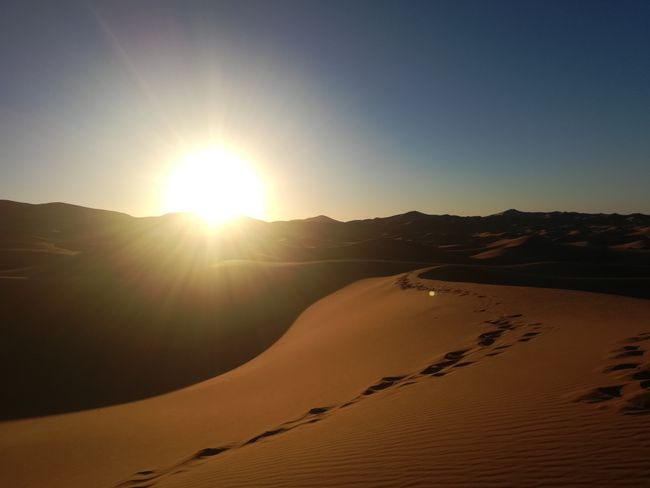
Reserapporter Marocko
